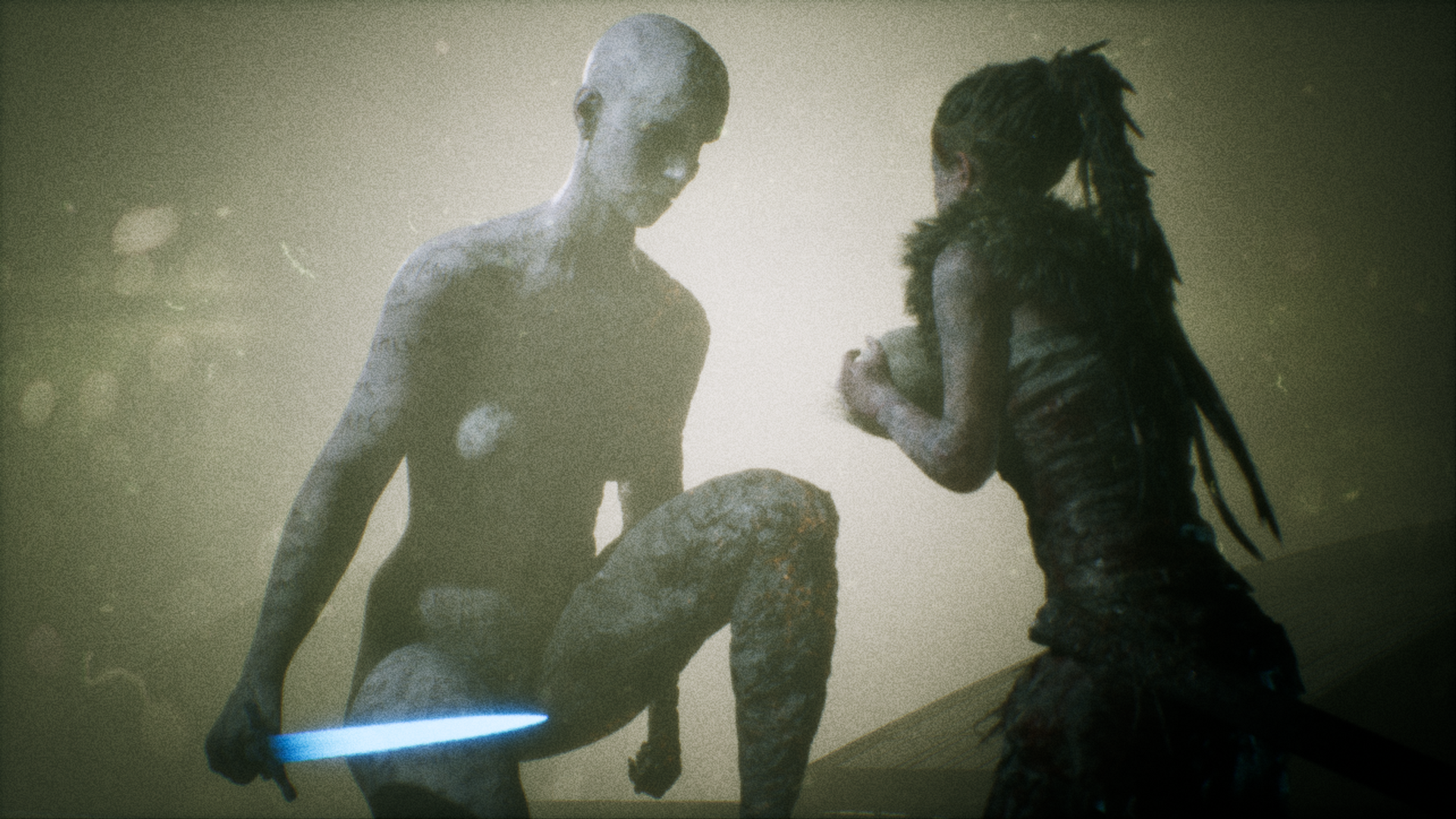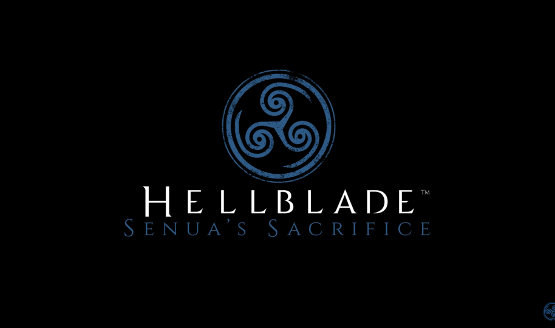
After a lengthy development time by a tight-knit group within Ninja Theory, Hellblade: Senua’s Sacrifice has finally been released on the PlayStation 4 and Windows platforms. Has the lengthy wait been worth it, and has Ninja Theory’s “independent AAA” development strategy paid dividends? Time to find out.
Beautiful Desolation
Hellblade takes advantage of the Unreal Engine 4. The underworld is a hellish place, yet it is surrounded by beautiful mountain ranges and tranquil lakes. Playing on a PS4 Pro also offered me the additional game option to play in a 60 Hz mode. With this setting on, there was a slightly noticeable degradation of graphics. However, with this setting turned off, Hellblade’s frame rate dips down tremendously. I didn’t find myself too annoyed with the dip in frame rate after a few minutes, but once I switched back to the 60 Hz mode, I left that setting on for the remainder of my time with the game. It’s just so much smoother and provides for a more fluid combat experience.
Combat is a deceptively simple affair in Hellblade. Senua only ever carries a single weapon, a sword, which keeps the focus on technique as opposed to picking the best weapon for the job. The face buttons are used to perform light and heavy attacks, melee, and evade enemy attacks, while R1 blocks and L1 sprints. After chaining enough attacks and evades together, a focus ability can be used. By pressing R2, time slowed down, and I was able to hit enemies much faster than usual. Since the threat of permanently losing progress was ever-present, I dialed the difficulty from Auto to Easy. This resulted in combat that was much too easy for my liking, however, this means that those of you who just want to play Hellblade to experience the story should be able to do so without stressing out much over combat. On harder difficulty modes, enemies were quicker to attack, and I had less time to recover after getting knocked down.
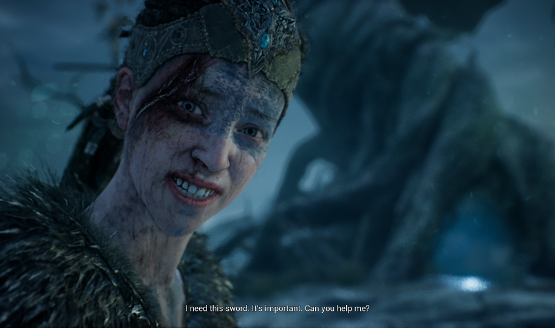
Haunting Narration
The audio work in Hellblade is also impressive. As the game first booted up, it recommended that I use headphones for the best experience. This is a recommendation I concur with. Senua’s psychosis is best experienced with complete player immersion. She has many voices in her head, and they inundate her mind constantly. With headphones on, I could experience some of this for myself as Senua’s inner voices spoke from all angles. It was a disarming feeling to hear someone whisper in my left ear, almost as though they were sitting right next to me. Melina Juergens voiced Senua, and she did a fantastic job here. She captures a range of emotions perfectly, and really helped to get me into the headspace of a psychosis sufferer.
Senua’s story is told through a series of flashbacks that she has as she goes through her adventure. It’s a painful story, one filled with love, loss, loneliness, frustration, and very little positive emotion until the end. This is likely by design, to give the player some sense of what many suffering from crippling depression, schizophrenia, or some other psychosis, feel all the time. It’s not a good feeling to live life as Senua does. Her story will resonate with anyone who has suffered from mental issues or known someone who has. It also serves as the battleground in which all the action takes place, as Senua is tasked with defeating Celtic and Norse gods and demigods. The task may seem insurmountable at times, much like some psychoses may seem as well. Hellblade: Senua’s Sacrifice features a story with many layers, one that may require multiple playthroughs to fully appreciate.
Some Puzzling Elements
In between combat, there are puzzles to figure out. Senua has a special sight, which allows her to see into the underworld as her mother did before her. This is used to pass doors that otherwise block her path. Each door is protected by one to three Celtic glyphs, which must be found in the area in order to proceed. The initial levels were easily solved, by lining myself up to see the shape of the glyph by looking in the right location. Later levels involved passing through gates which revealed hidden paths, or hidden areas that might otherwise hinder my progress. Some of the more challenging puzzles did take a few minutes to progress through, during which time Senua’s inner voices laughed at her, asked if she’s lost, and generally taunted her, and thus me, as we failed to find a clear solution right away. It was an interesting way that Hellblade maintained its own unique take on getting stuck on a puzzle.
Hellblade should take around 6-10 hours to complete, depending on the speed of the player. I generally took my time to take in the surroundings and was able to complete the game on Easy in approximately eight hours. No difficulty-related trophies exist, either, so Hellblade will be an easy Platinum for those looking for that kind of thing. There are a handful of chapters to play through, and there isn’t much gamification going on; the only “collectible” in Hellblade is a series of headstones that you can focus in on to hear stories from a mentor, whom Senua found while on an earlier vision quest of sorts in a futile attempt to have her cure her madness all by herself. This lack of traditional gaming elements means that replaying a chapter can only be done by replaying the entire game. There is sadly no chapter selection, even after beating the game.
Death Means Something
As mentioned previously, Hellblade includes a form of permadeath: as Senua fails, a black decay begins to work its way up her right arm. If she dies too many times, then all progress is lost. This gave me a tension I haven’t felt in games in a long time. Thankfully, the Easy combat option appears to scale back the difficulty to the point that most gamers should be able to clear the story without much trouble (and we’ve also put together a list of tips to help you avoid losing your progress).
Hellblade: Senua’s Sacrifice is a complete experience for a bargain price. Struggling through life as a psychosis sufferer is an alarming experience, and Hellblade provides an illuminating glimpse into the lives of those afflicted by such terror. Combat is visceral, yet on the game’s easiest mode should prove no problem for those interested in experiencing the story. At an asking price of $29.99 USD, the campaign is just long enough to feel like this is money well-spent. Hellblade: Senua’s Sacrifice is a stellar entry from Ninja Theory, and I can only hope this is the first of many “independent AAA” games to come from the veteran studio.
Hellblade: Senua’s Sacrifice review code provided by publisher. Reviewed on PS4 Pro. For more information on scoring, please read our Review Policy here.
-
A meaty, yet succinct story
-
Harrowing audio design
-
Fluid combat
-
Enhanced mode frame rate suffers
-
No easy way to replay favorite parts
Hellblade Senuas Sacrifice Review
-
Hellblade Senuas Sacrifice Review #1

-
Hellblade Senuas Sacrifice Review #2
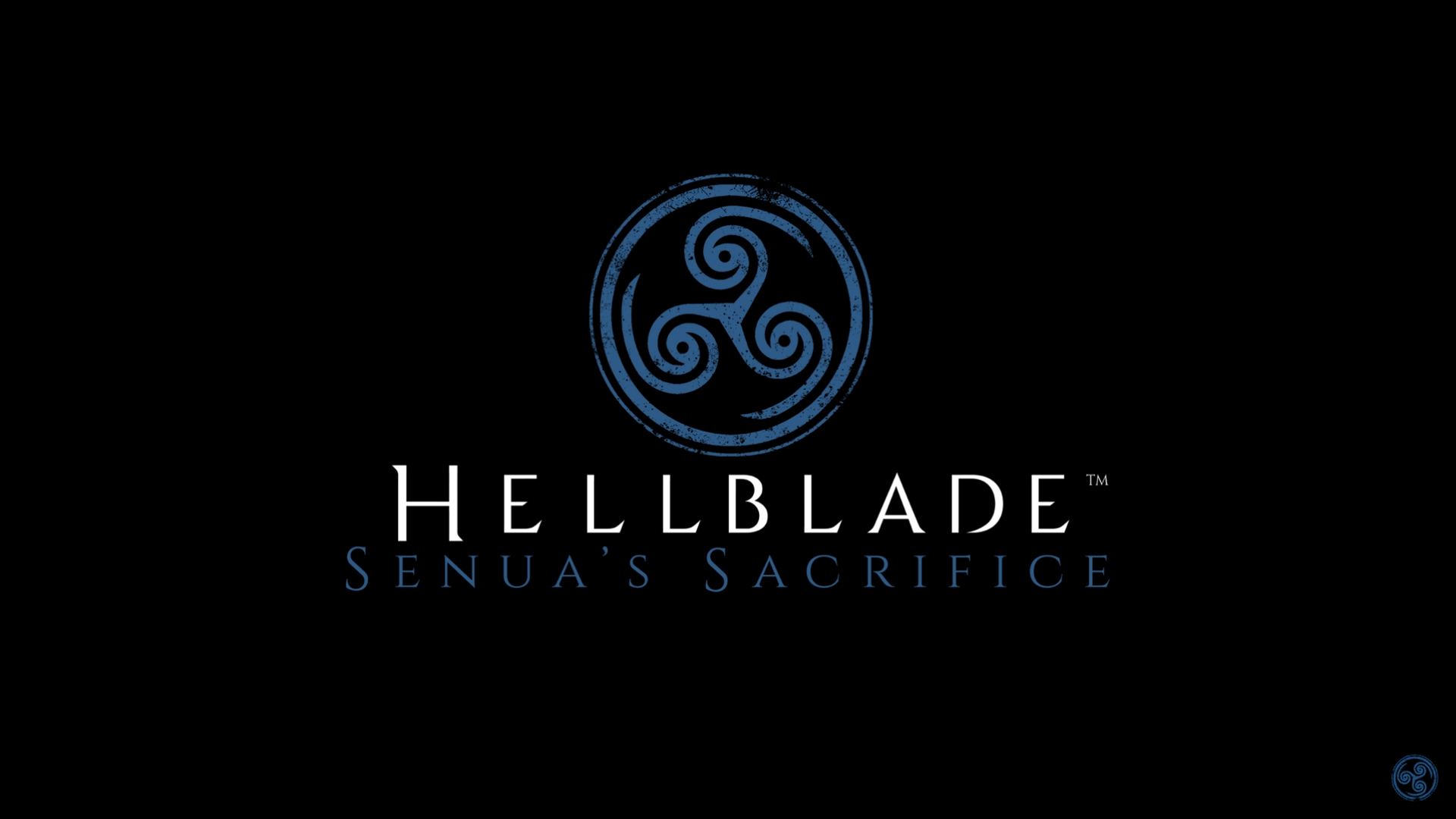
-
Hellblade Senuas Sacrifice Review #3
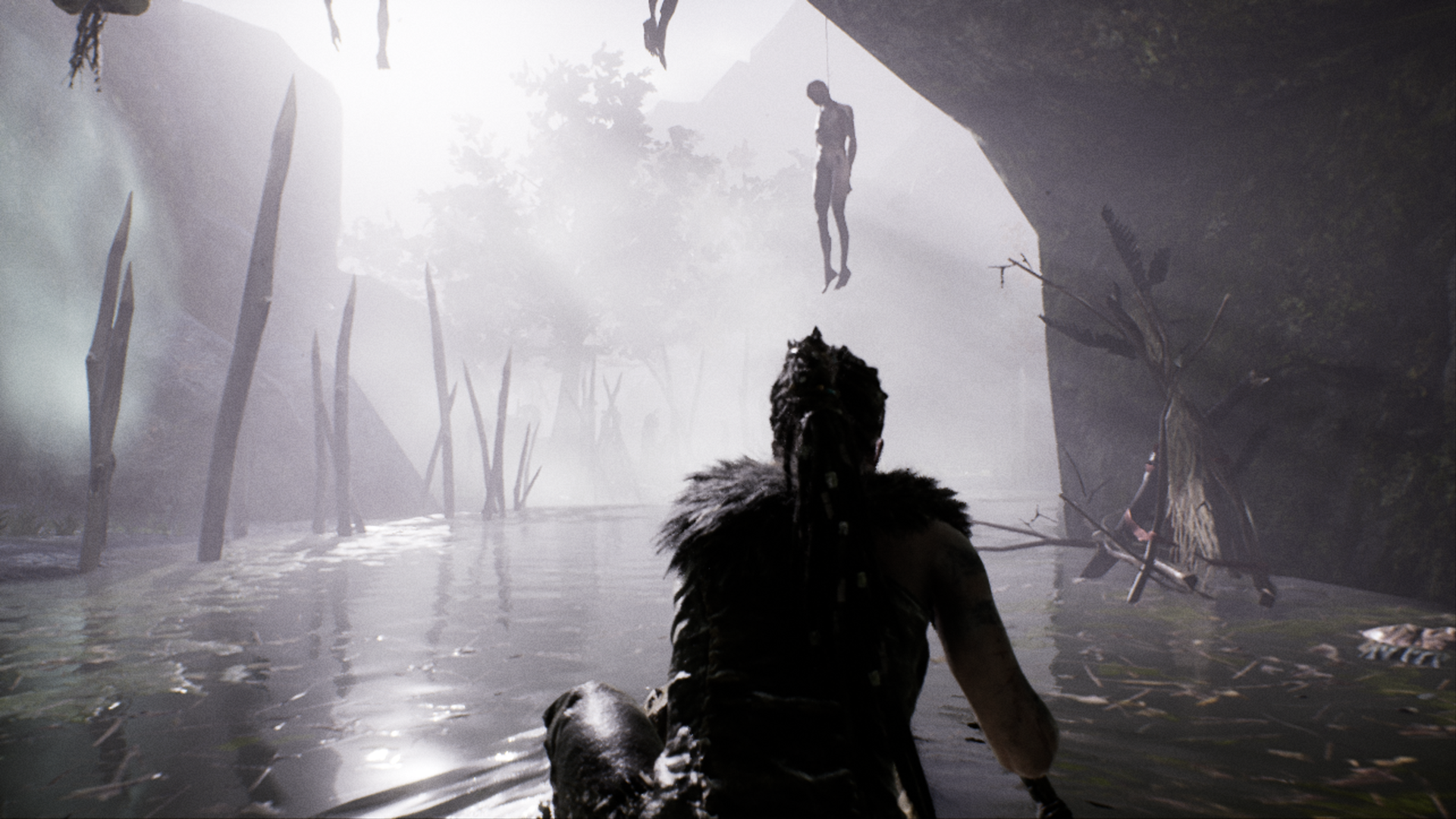
-
Hellblade Senuas Sacrifice Review #4
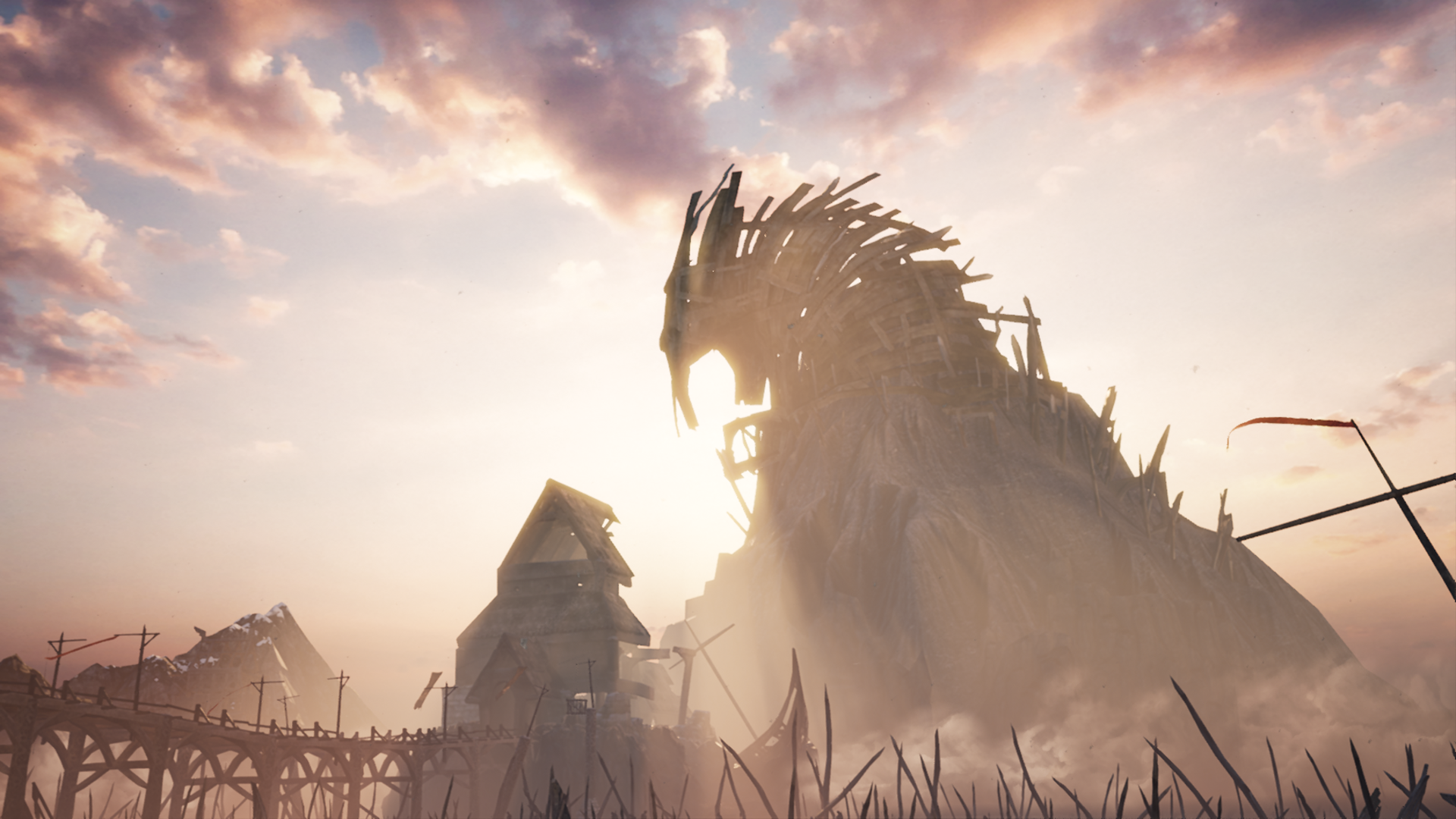
-
Hellblade Senuas Sacrifice Review #5
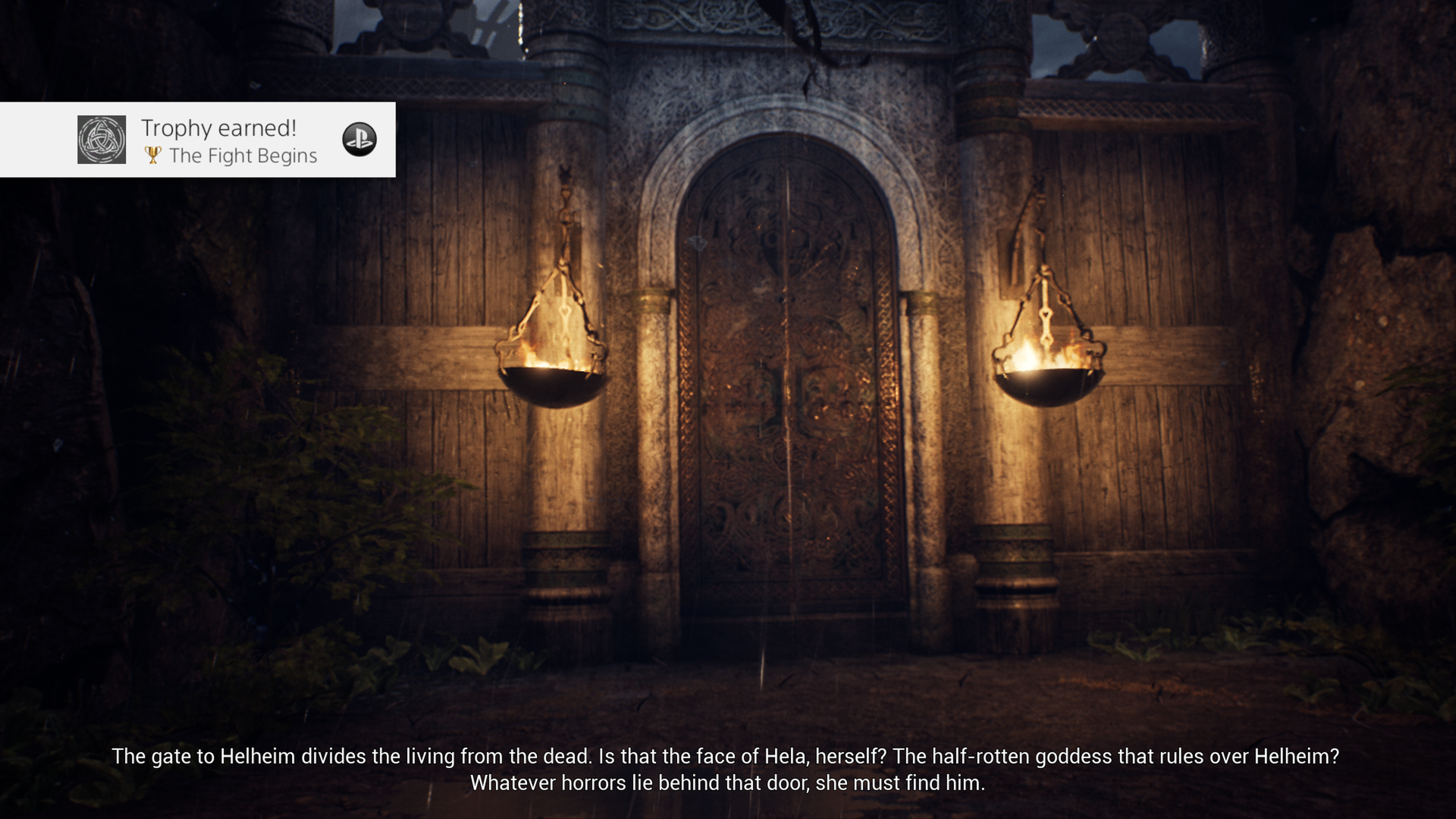
-
Hellblade Senuas Sacrifice Review #6
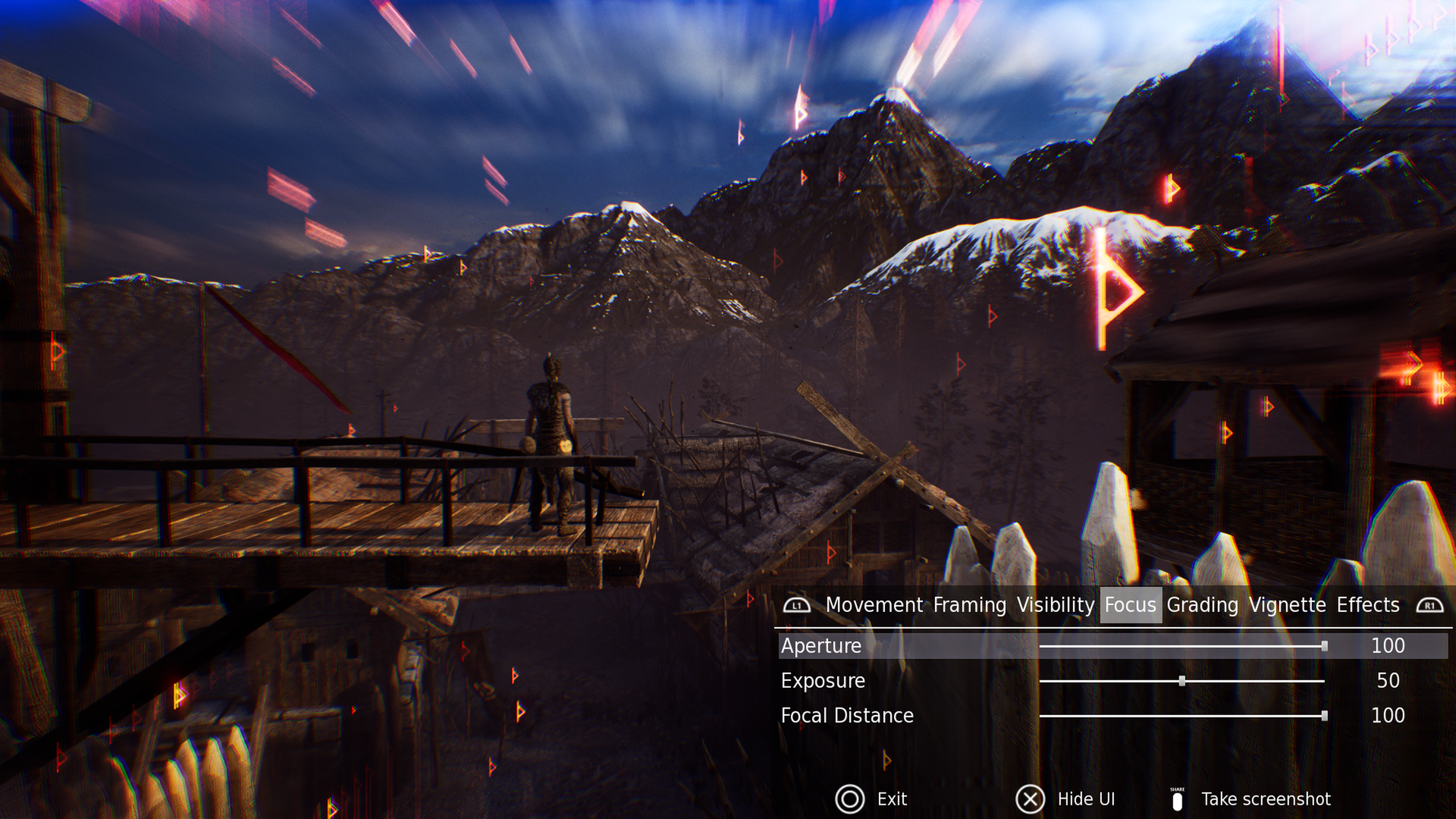
-
Hellblade Senuas Sacrifice Review #7
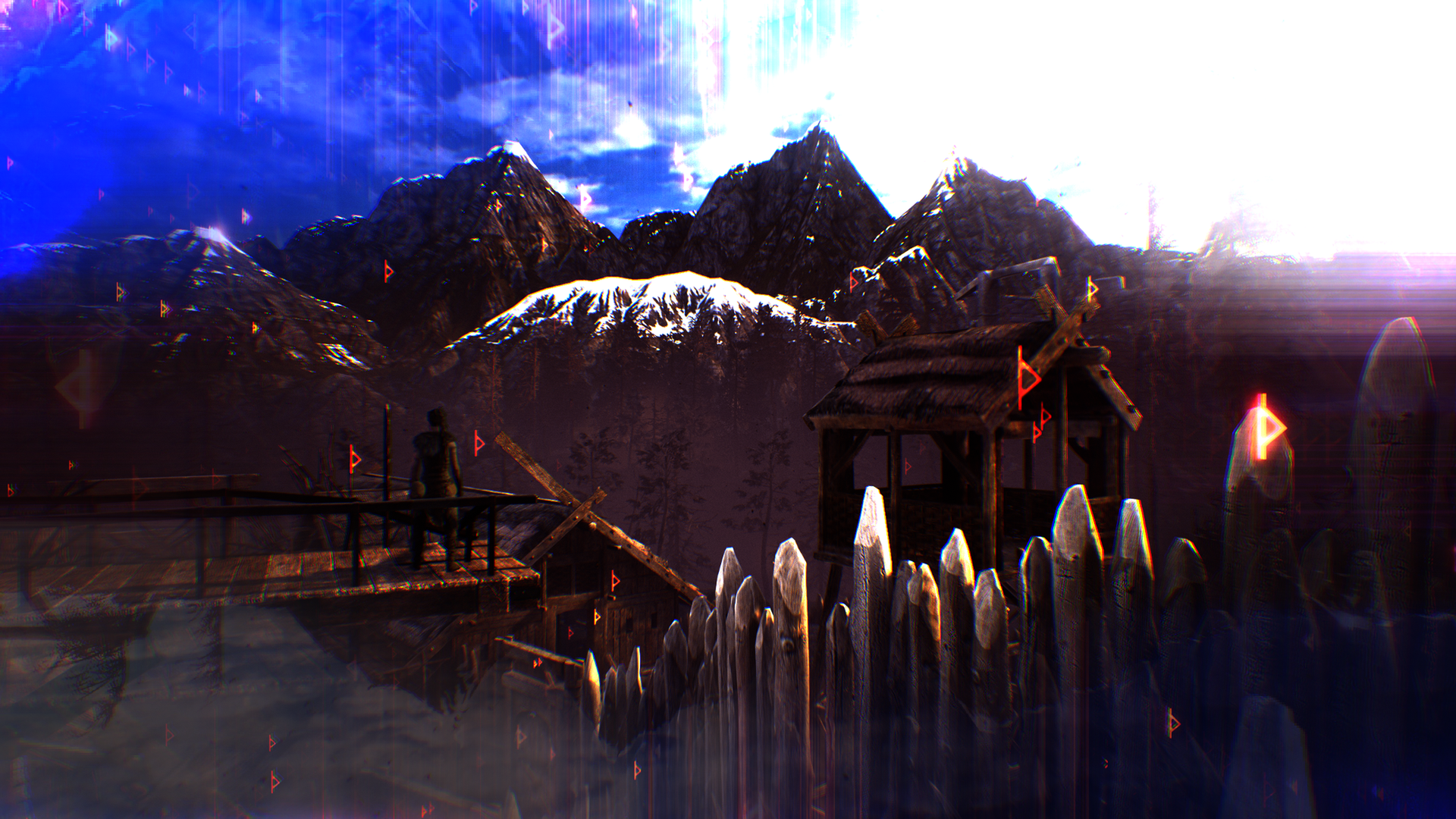
-
Hellblade Senuas Sacrifice Review #8
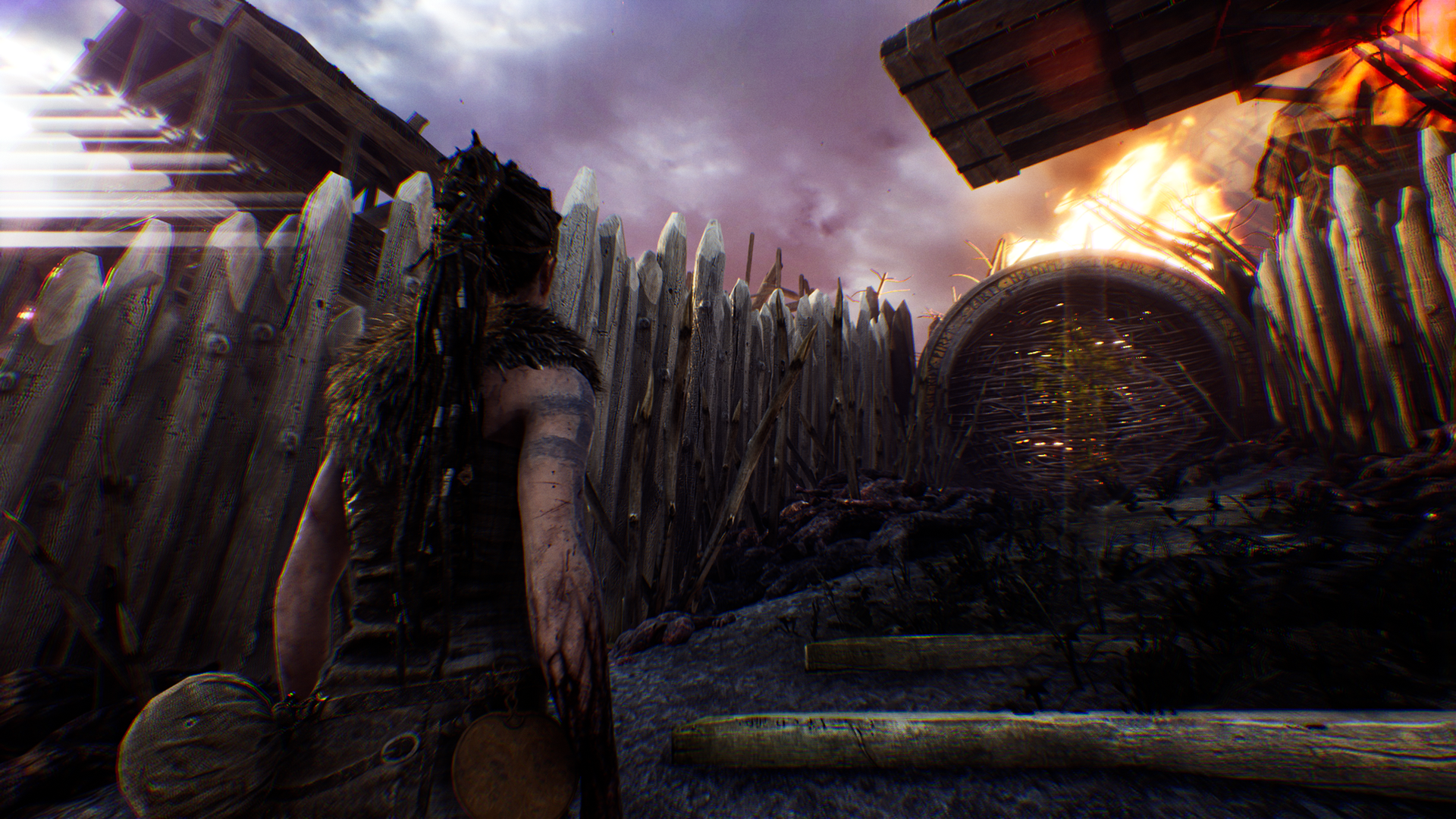
-
Hellblade Senuas Sacrifice Review #9
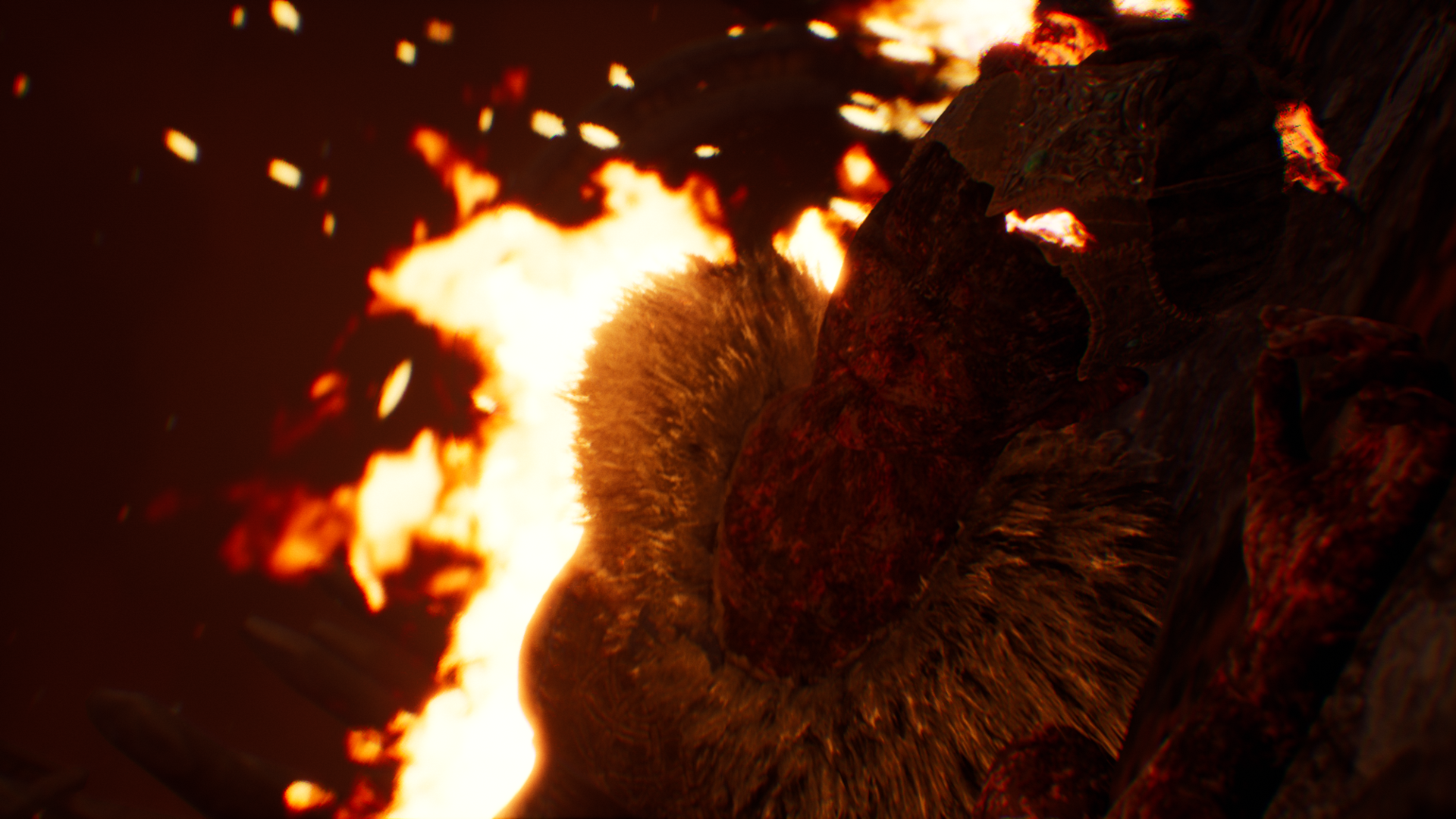
-
Hellblade Senuas Sacrifice Review #10
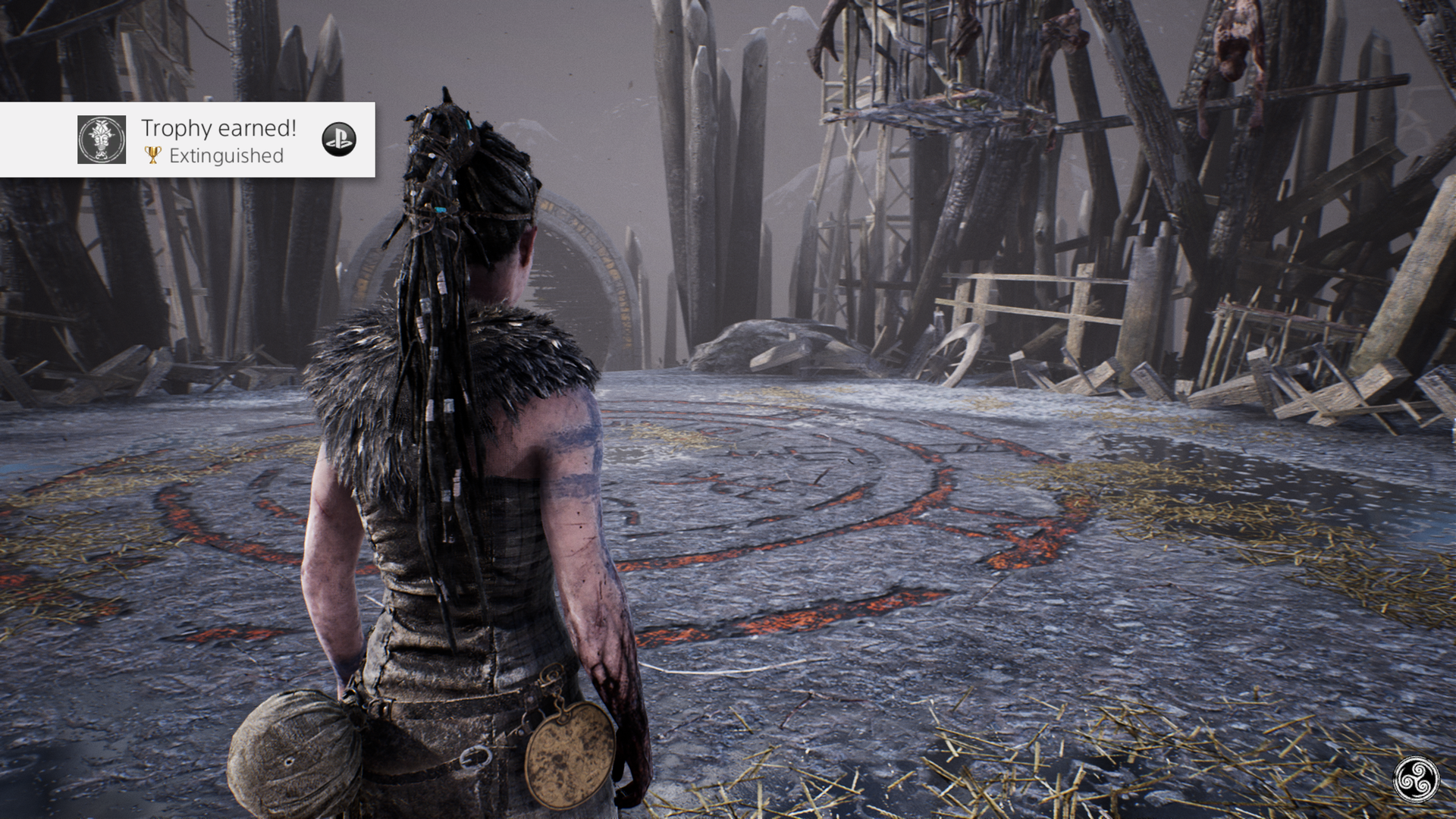
-
Hellblade Senuas Sacrifice Review #11
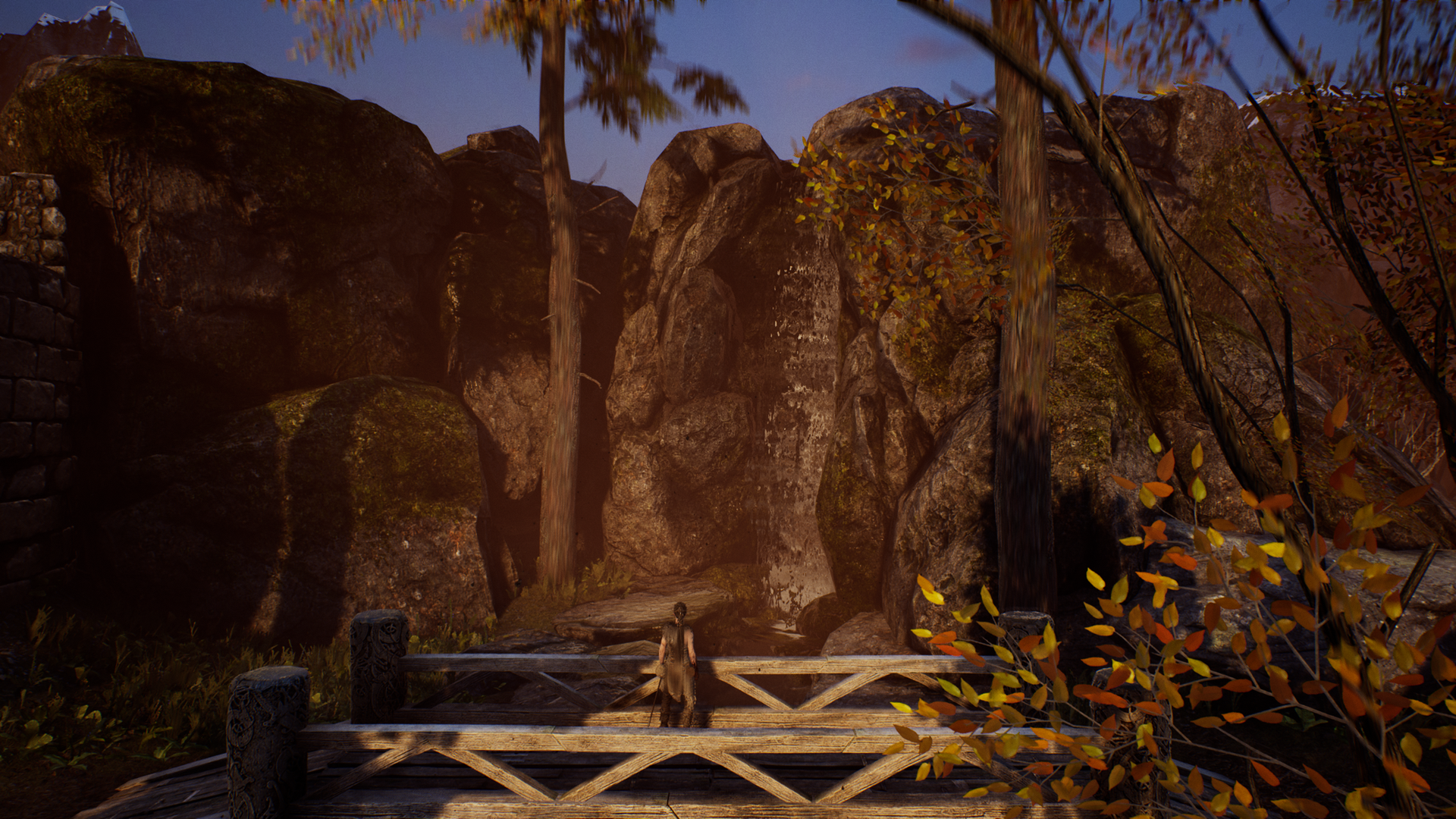
-
Hellblade Senuas Sacrifice Review #12
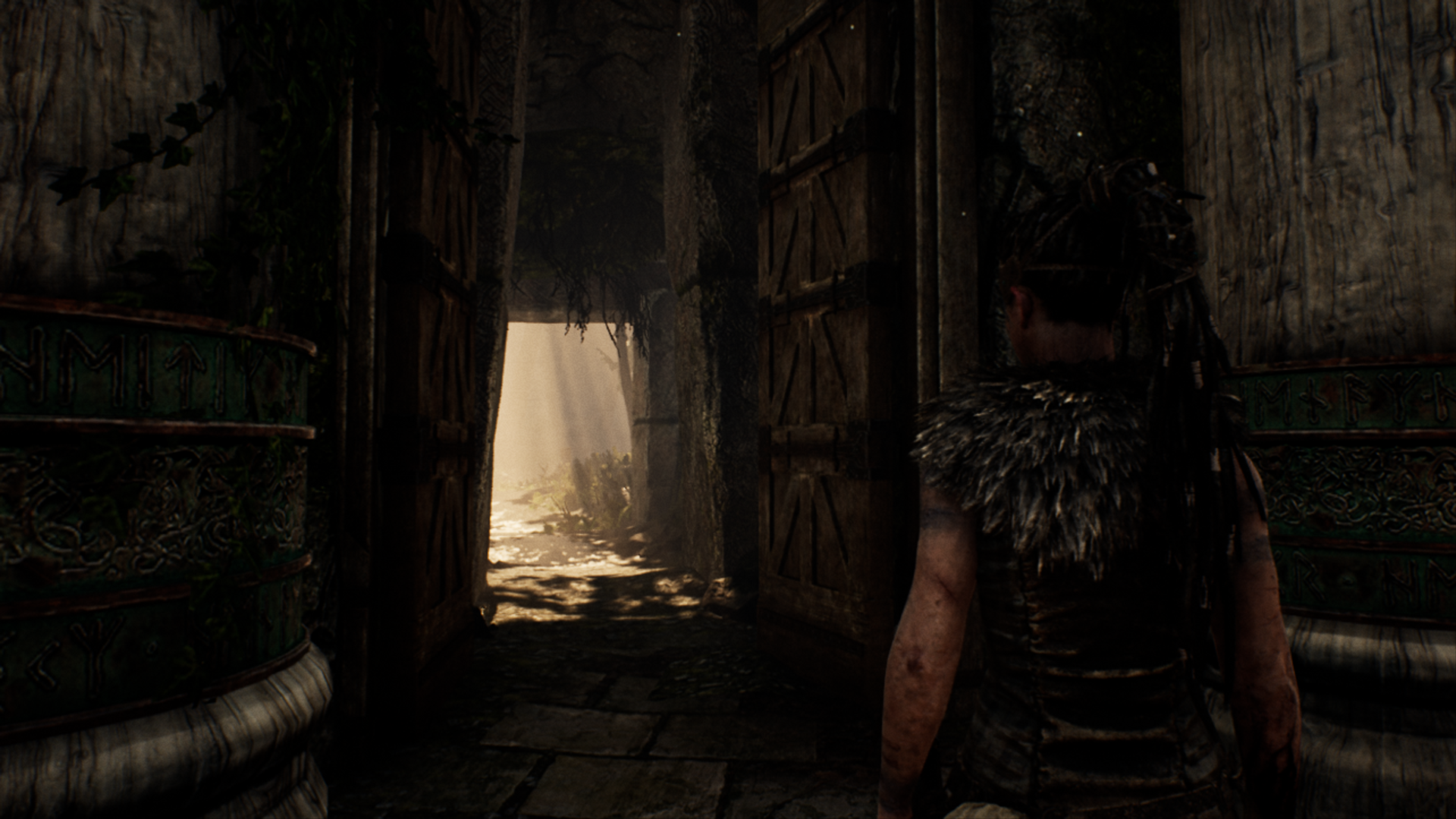
-
Hellblade Senuas Sacrifice Review #13
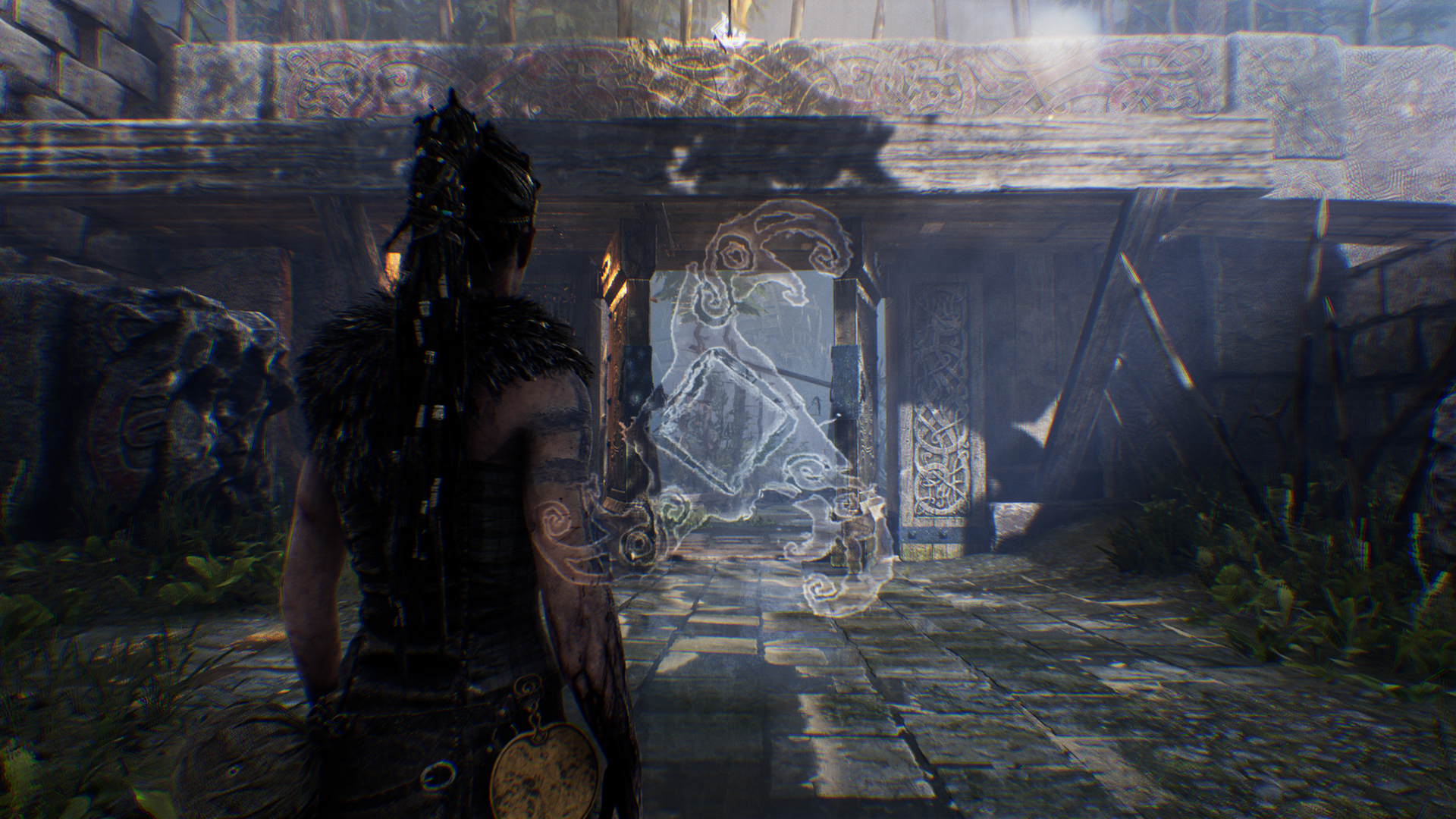
-
Hellblade Senuas Sacrifice Review #14
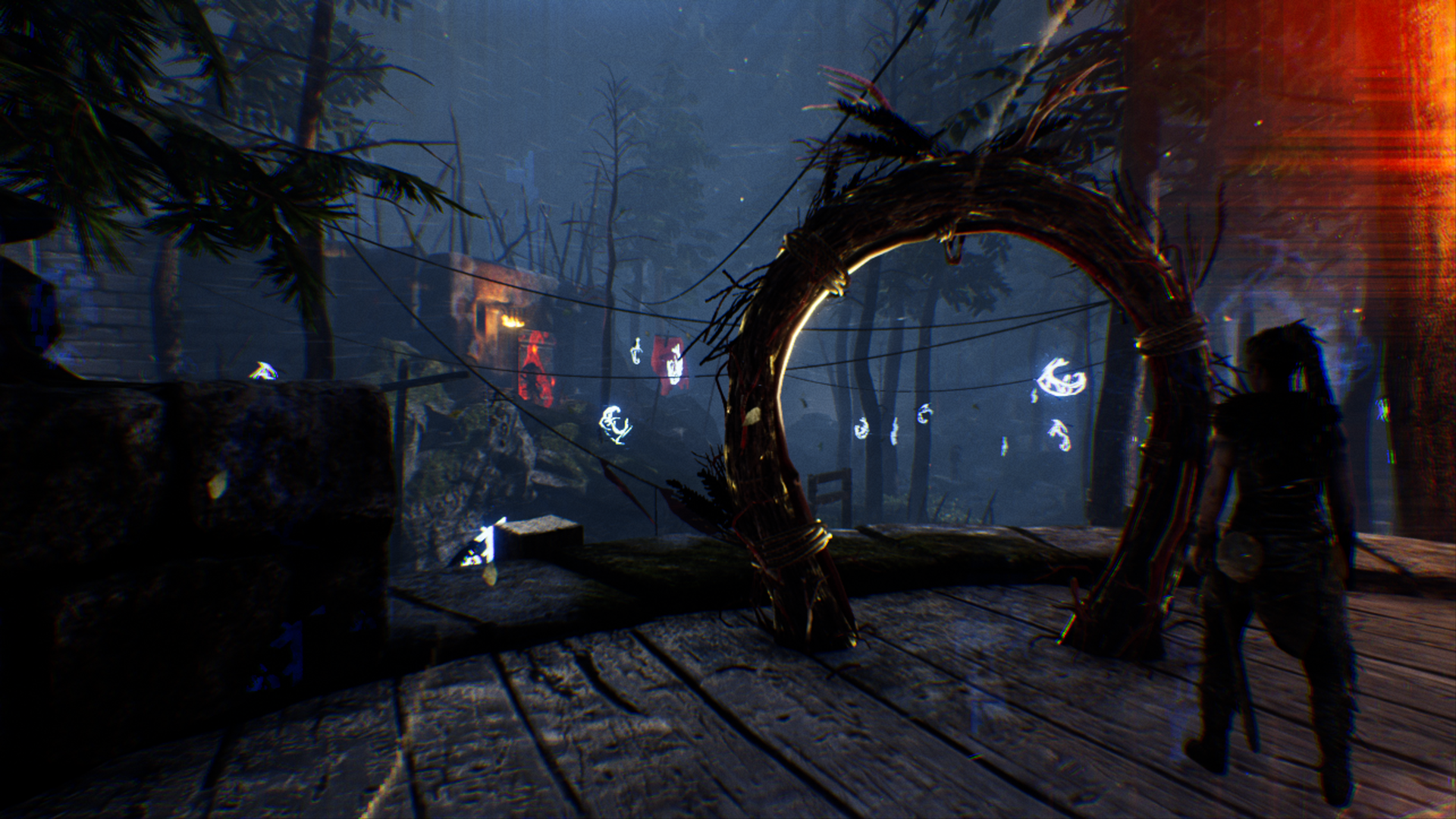
-
Hellblade Senuas Sacrifice Review #15
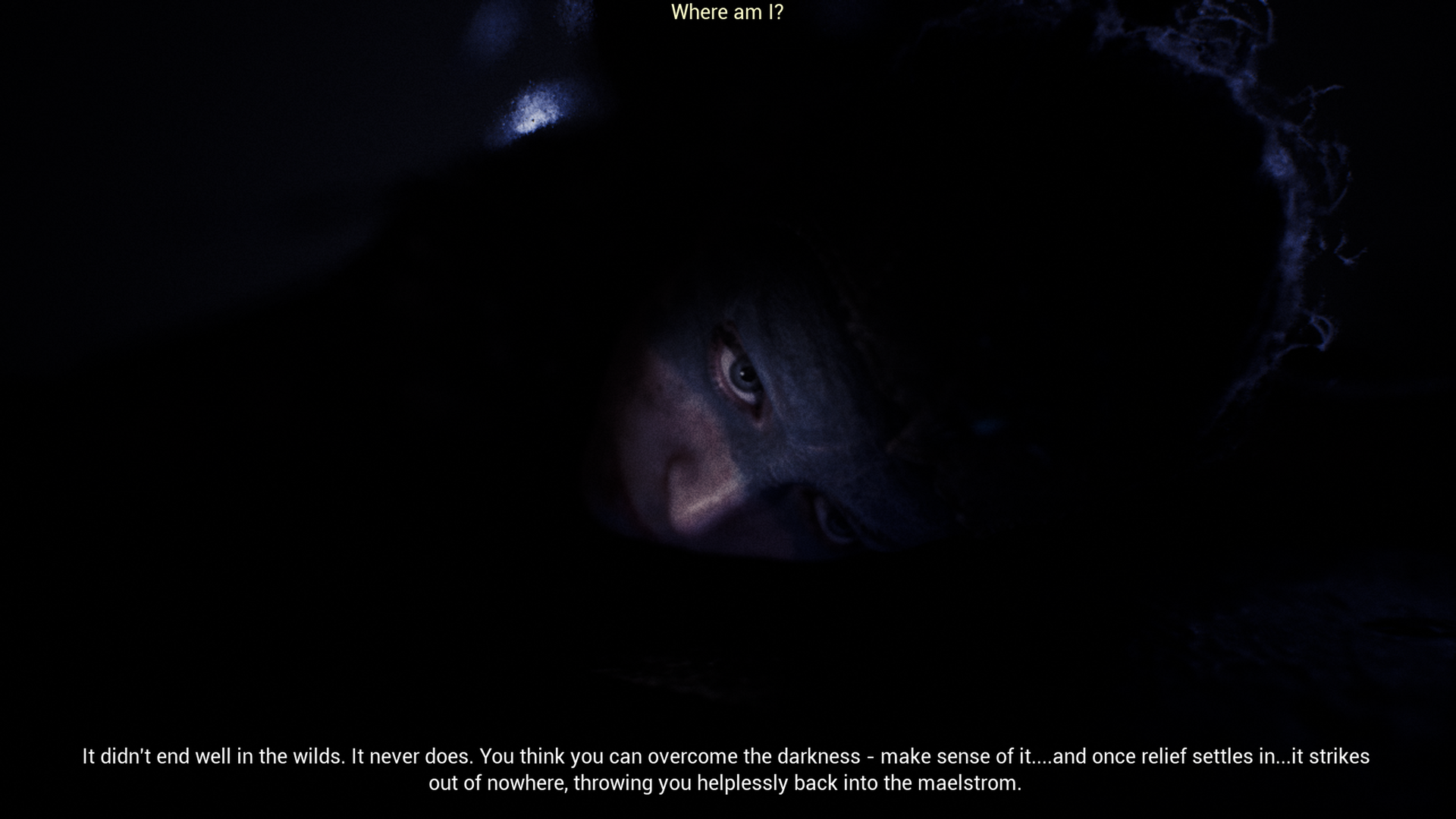
-
Hellblade Senuas Sacrifice Review #16
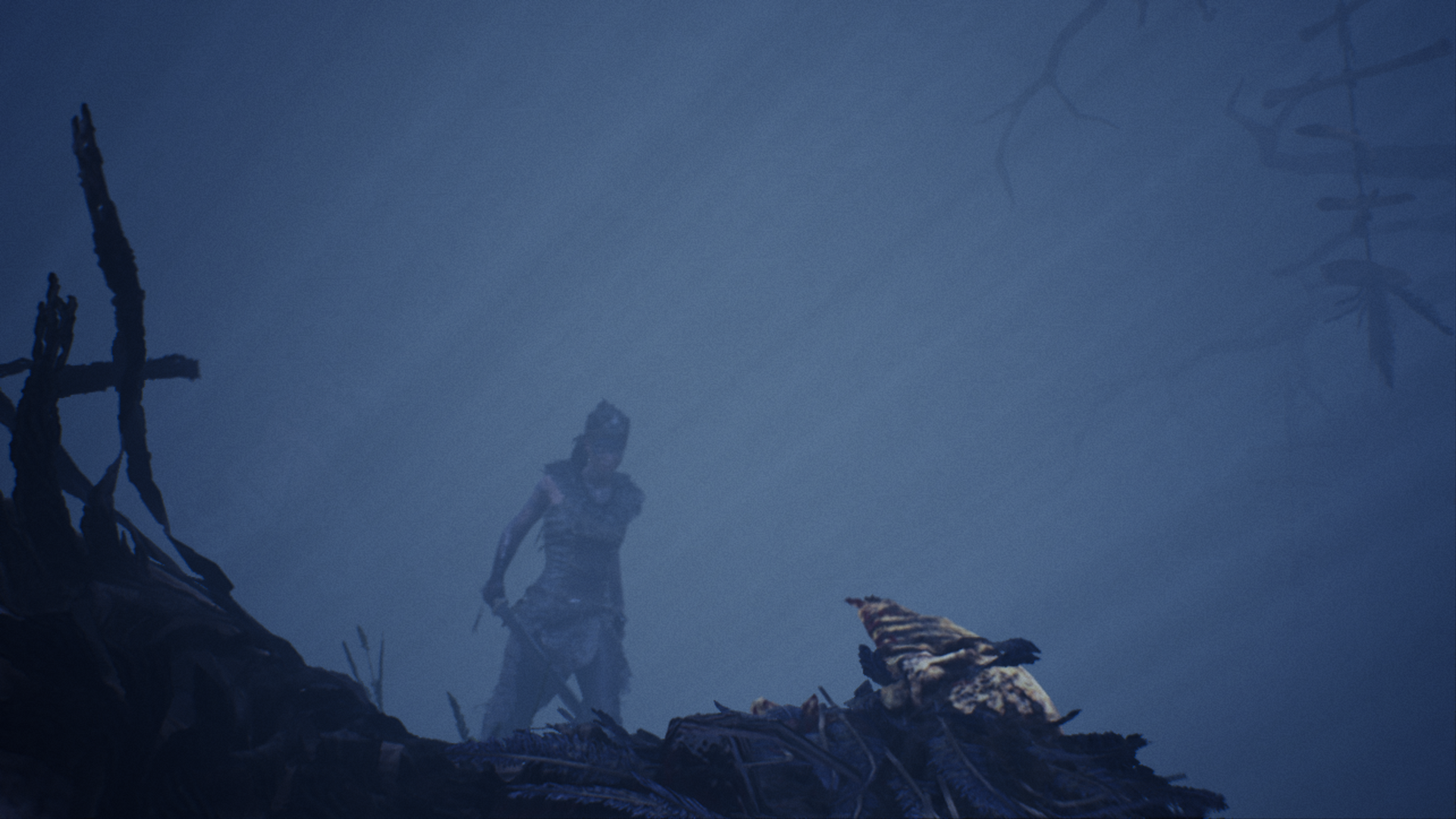
-
Hellblade Senuas Sacrifice Review #17
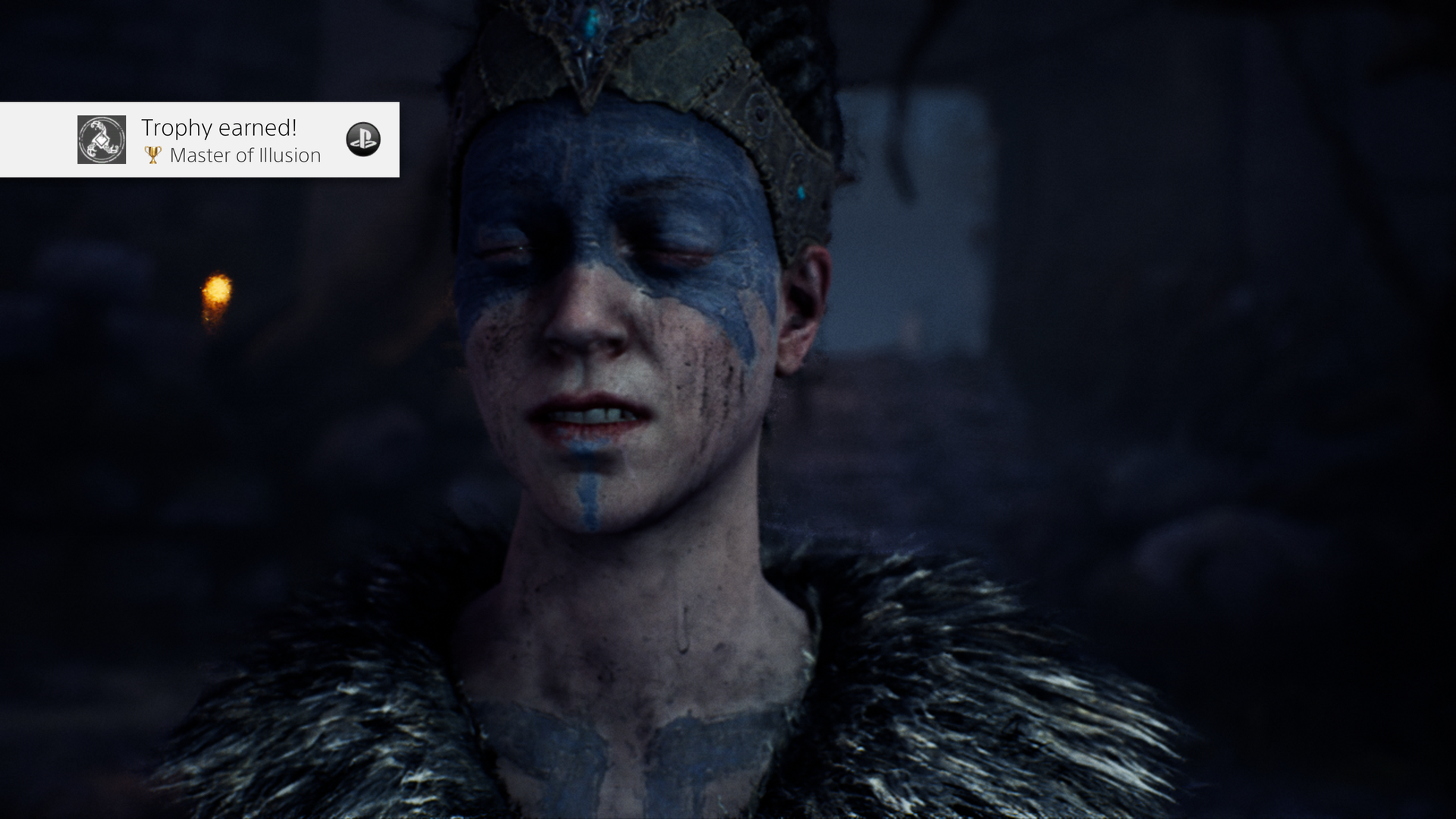
-
Hellblade Senuas Sacrifice Review #18
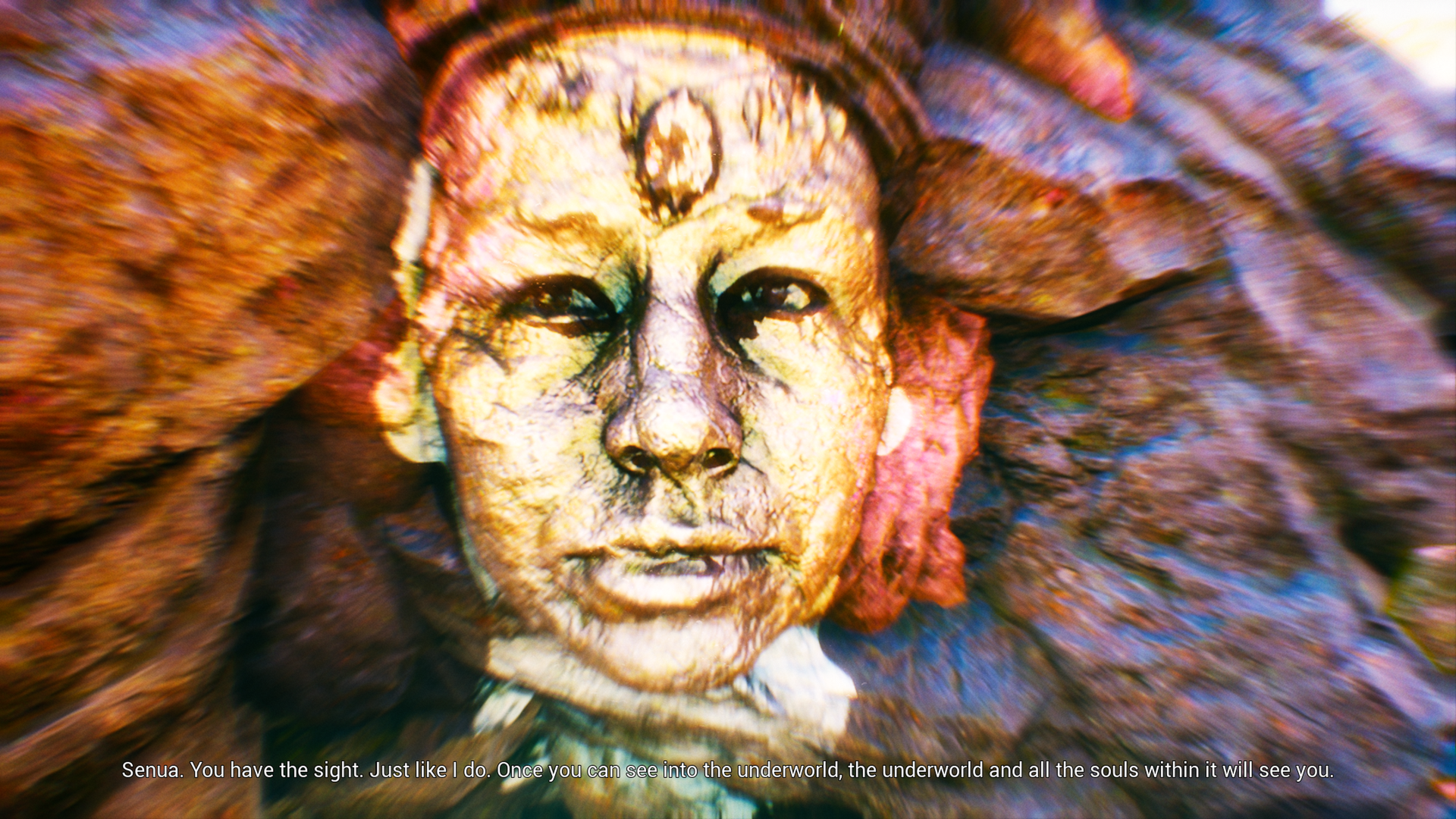
-
Hellblade Senuas Sacrifice Review #19
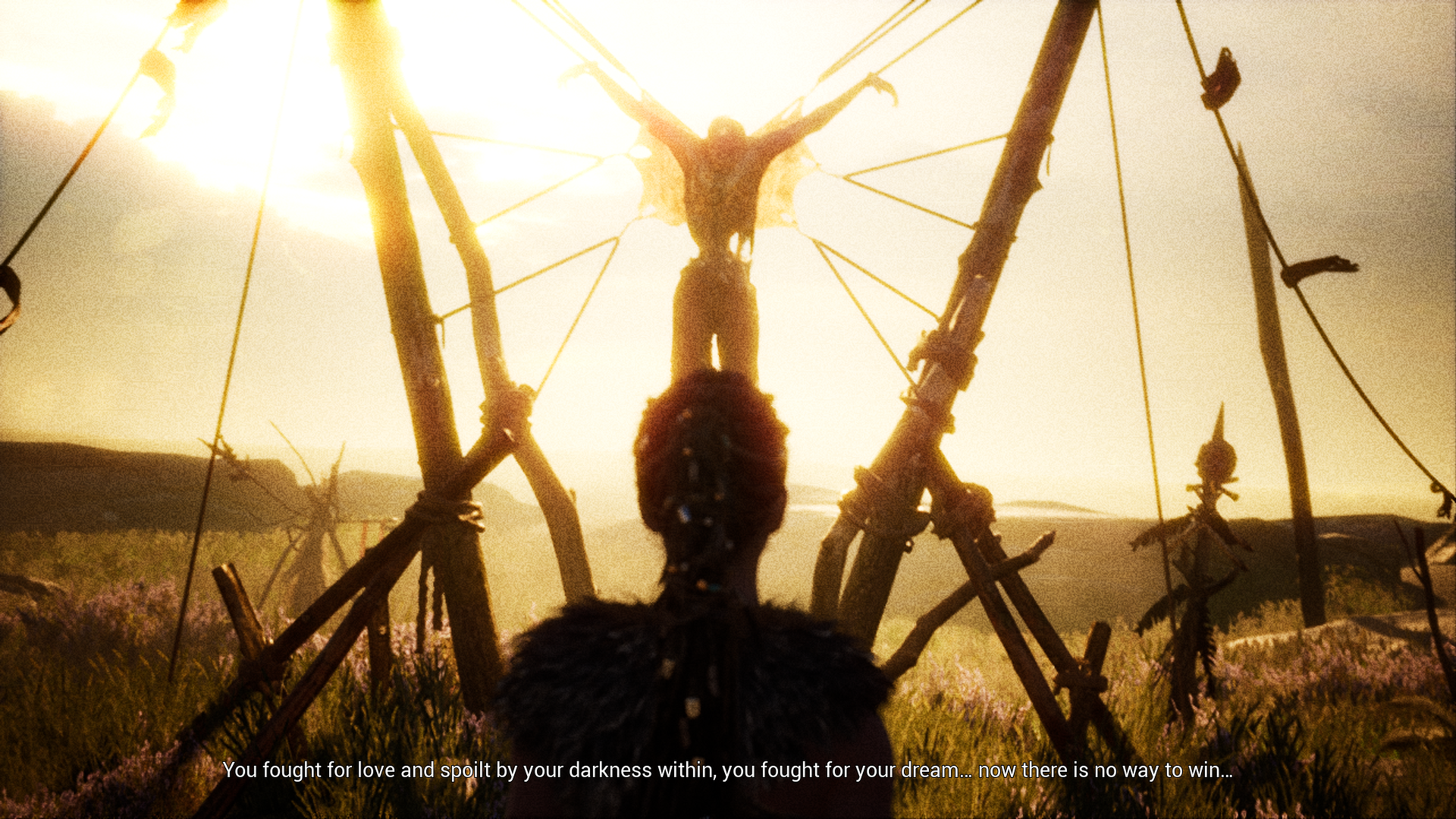
-
Hellblade Senuas Sacrifice Review #20
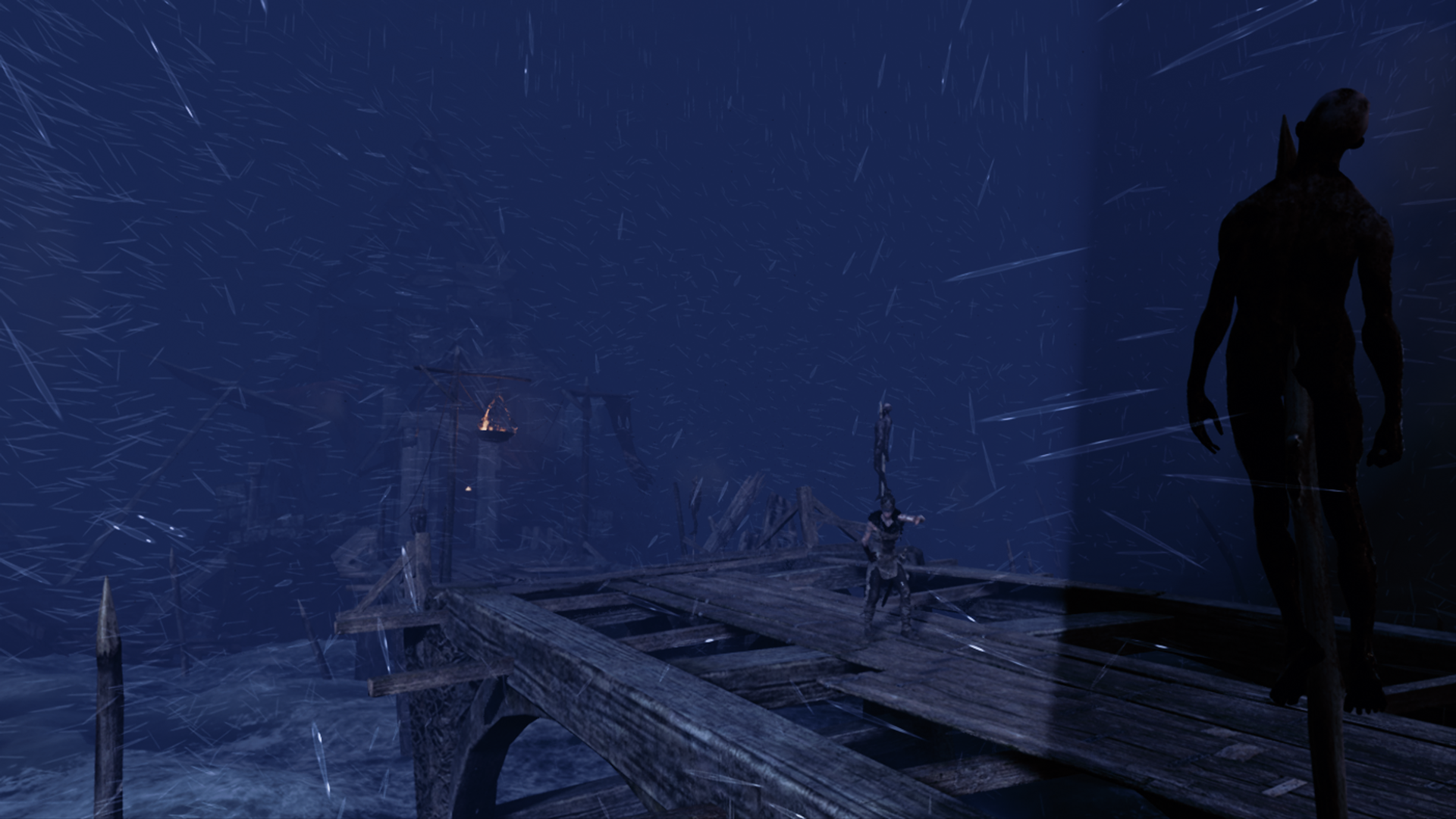
-
Hellblade Senuas Sacrifice Review #21
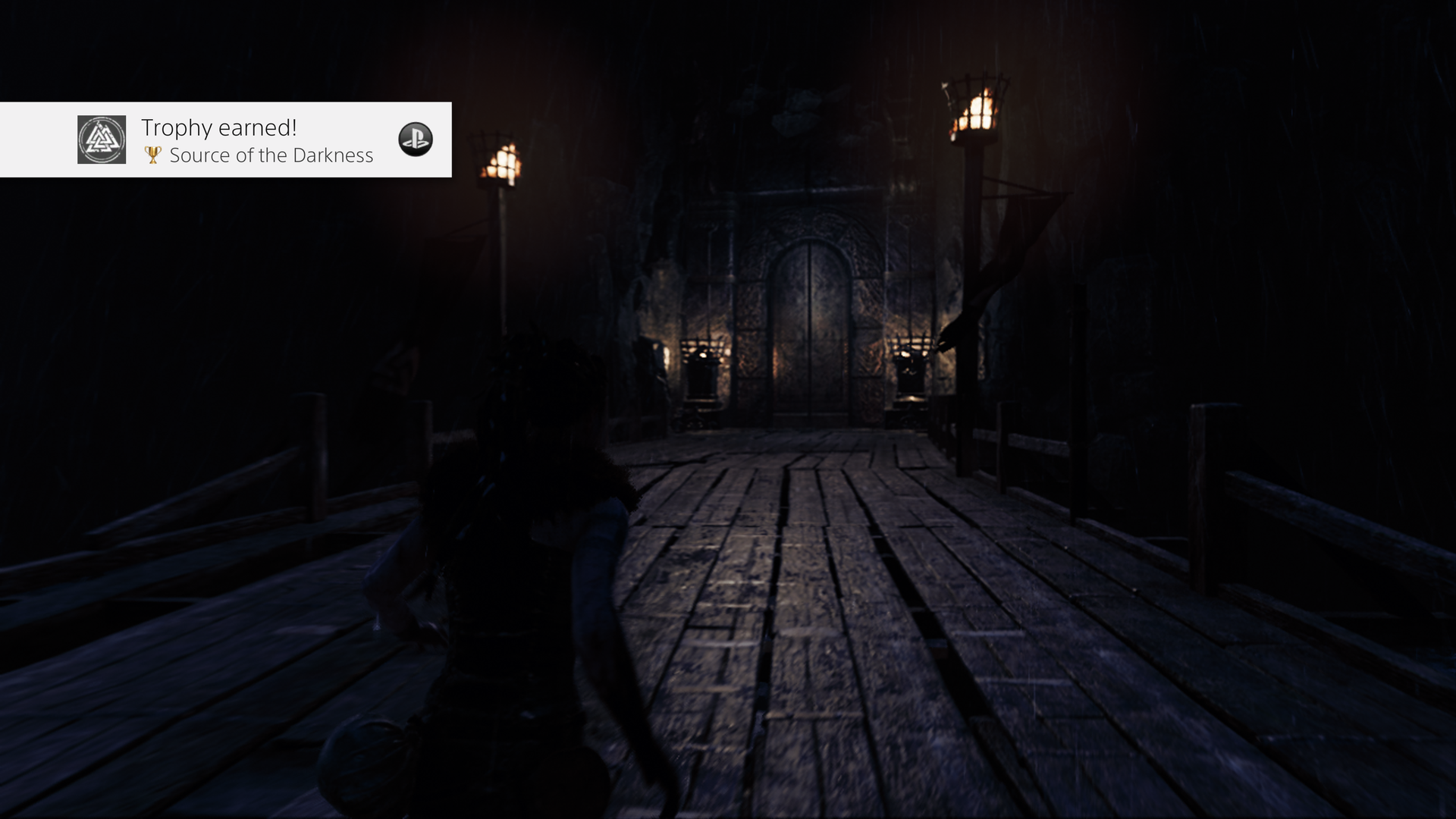
-
Hellblade Senuas Sacrifice Review #22
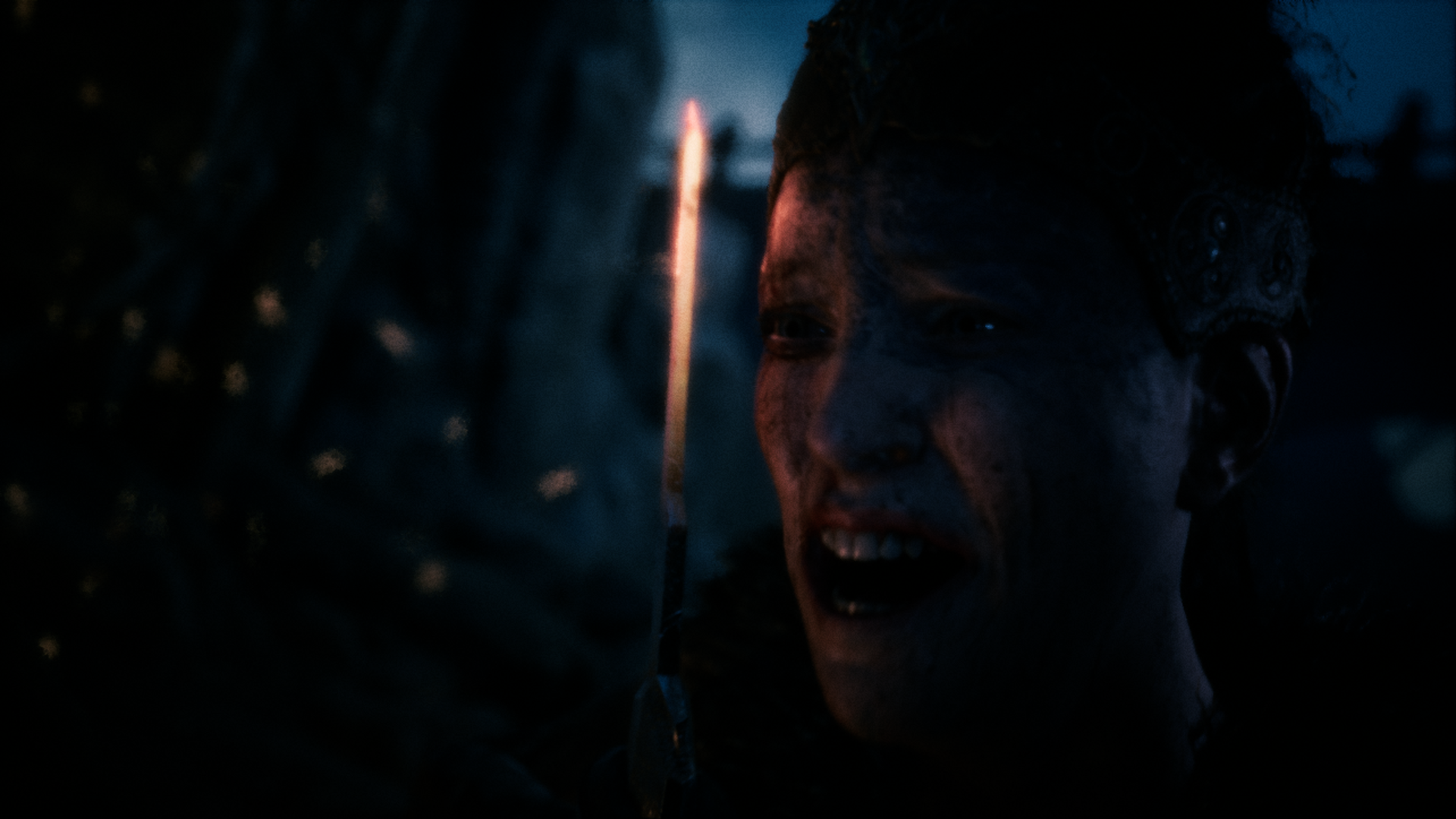
-
Hellblade Senuas Sacrifice Review #23
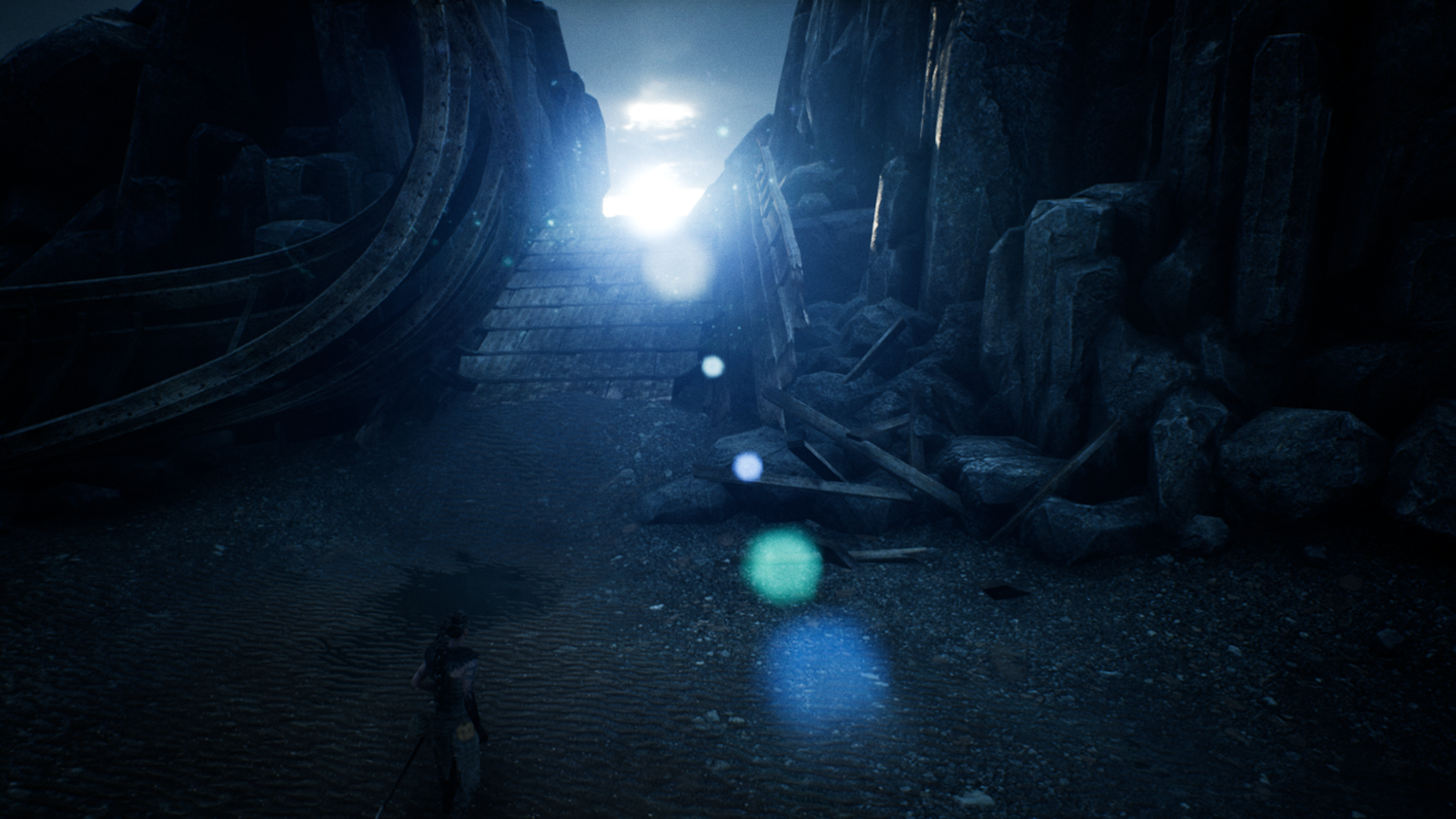
-
Hellblade Senuas Sacrifice Review #24
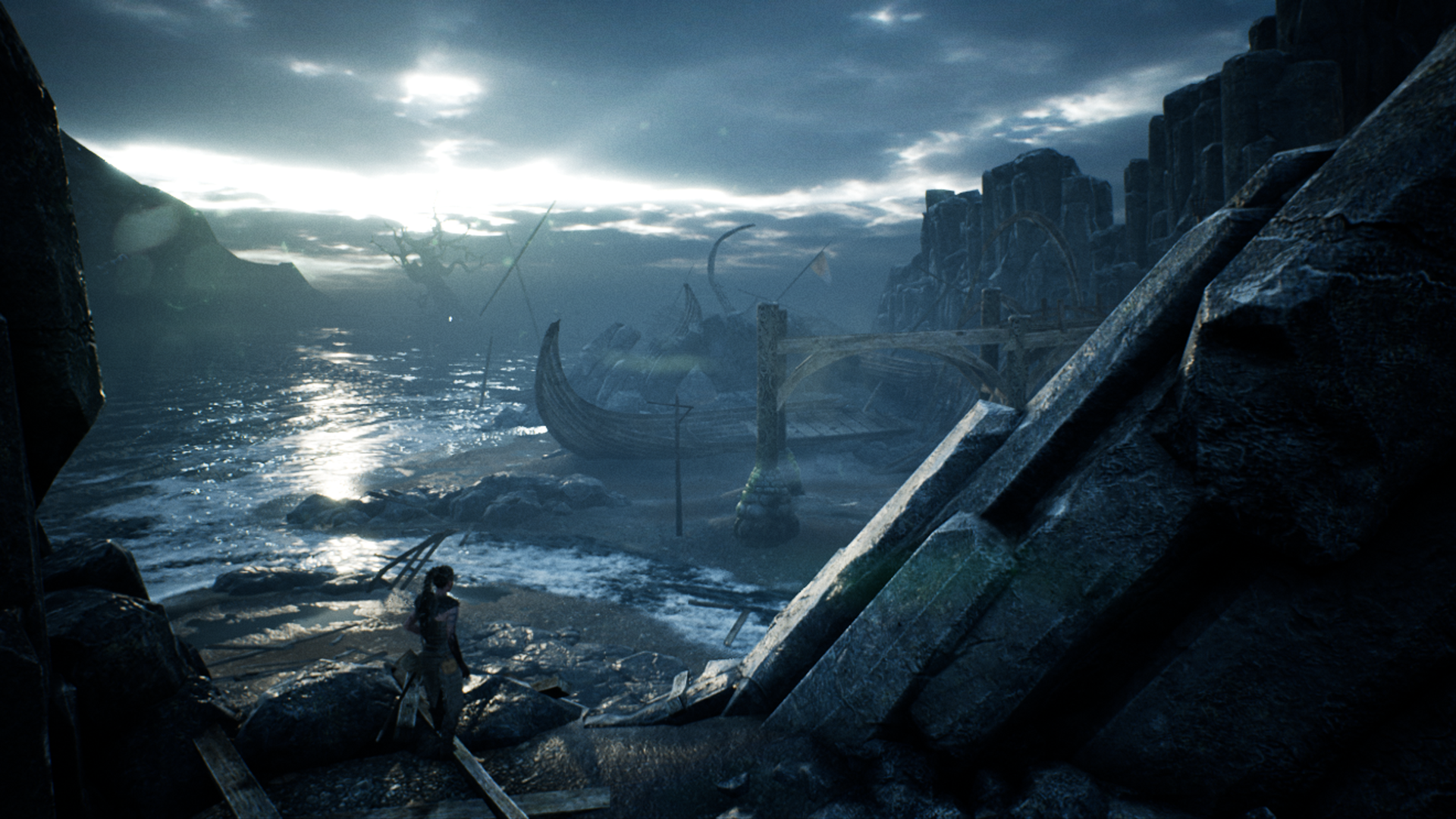
-
Hellblade Senuas Sacrifice Review #25
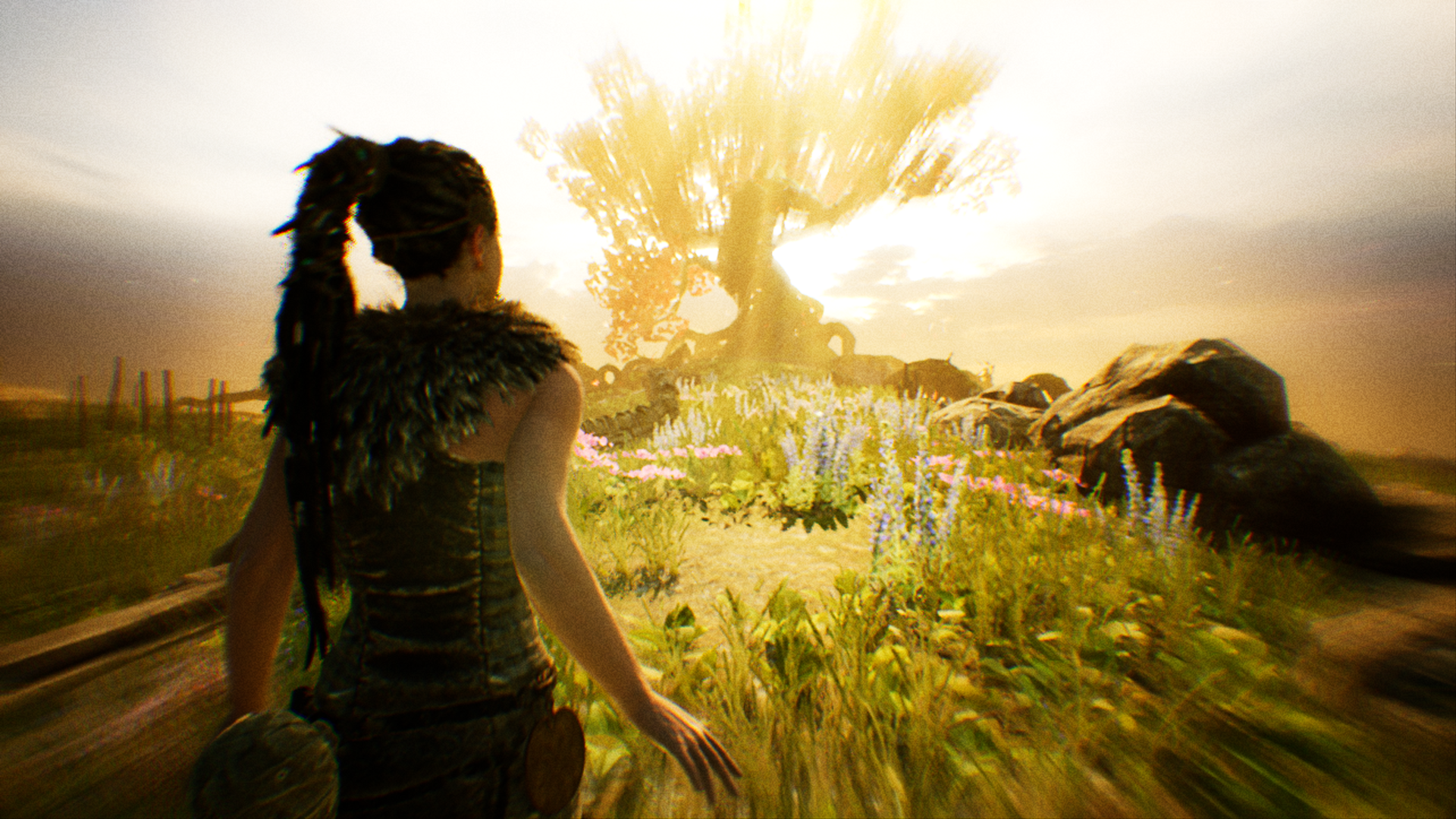
-
Hellblade Senuas Sacrifice Review #26
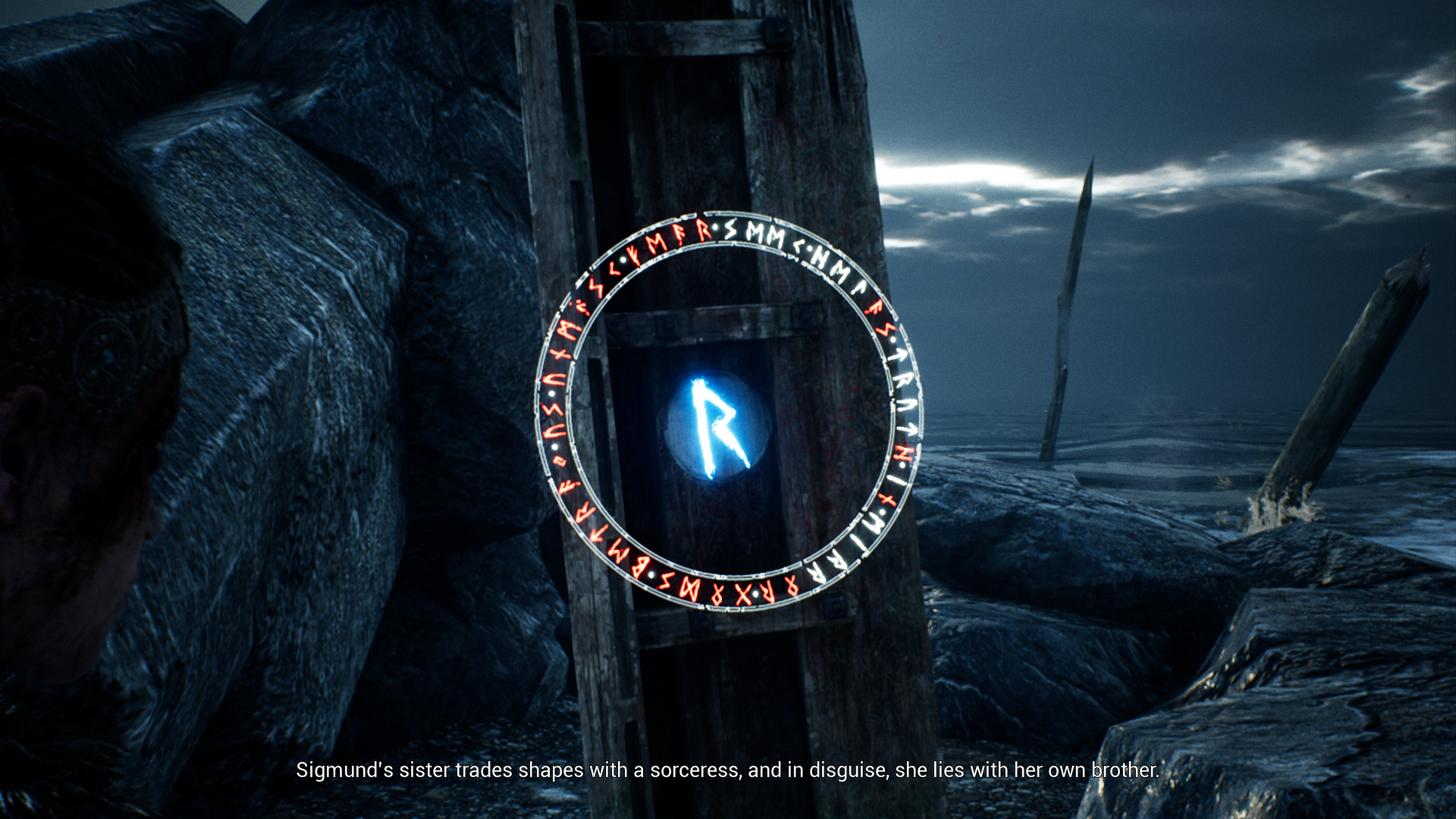
-
Hellblade Senuas Sacrifice Review #27
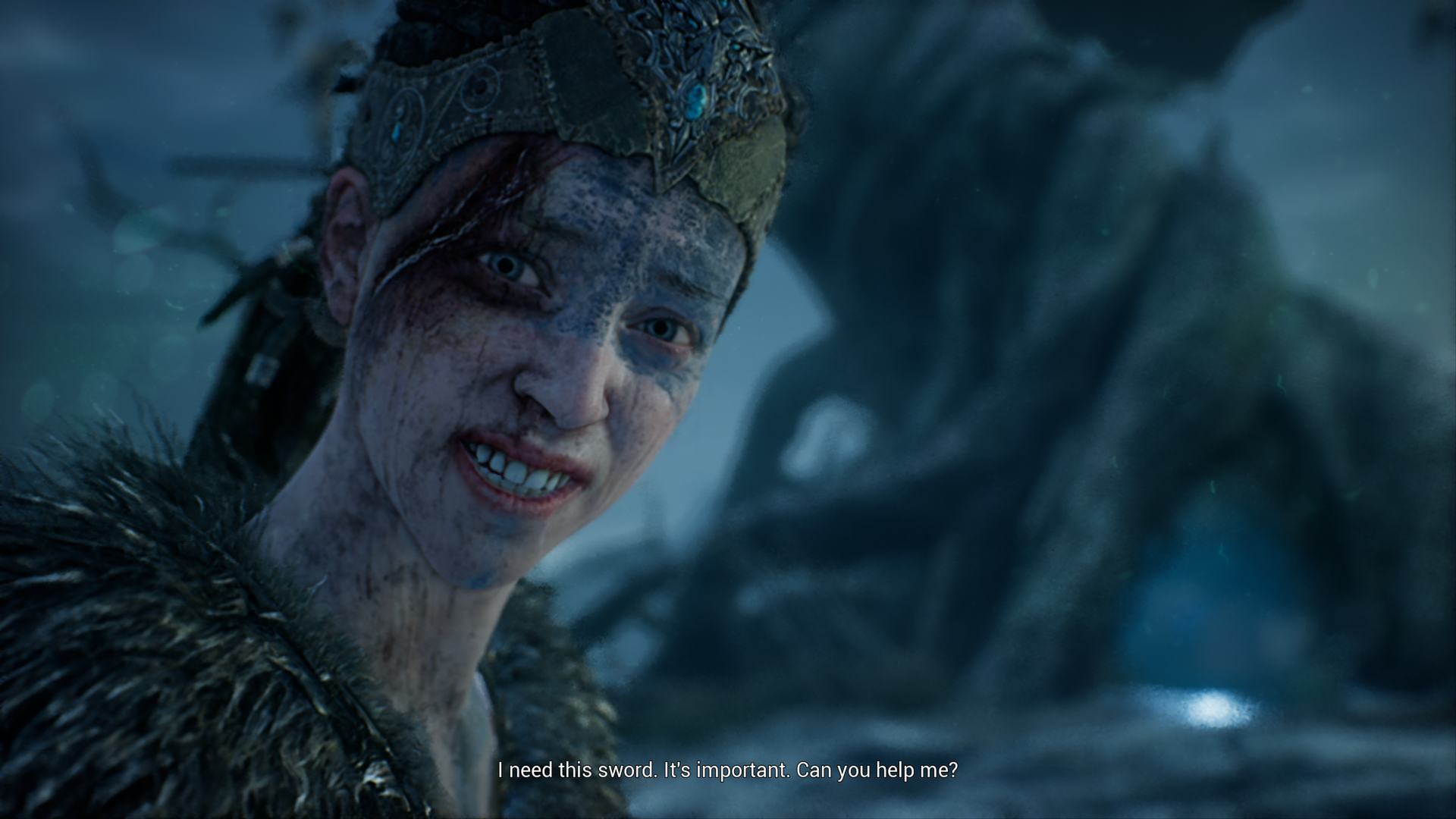
-
Hellblade Senuas Sacrifice Review #28
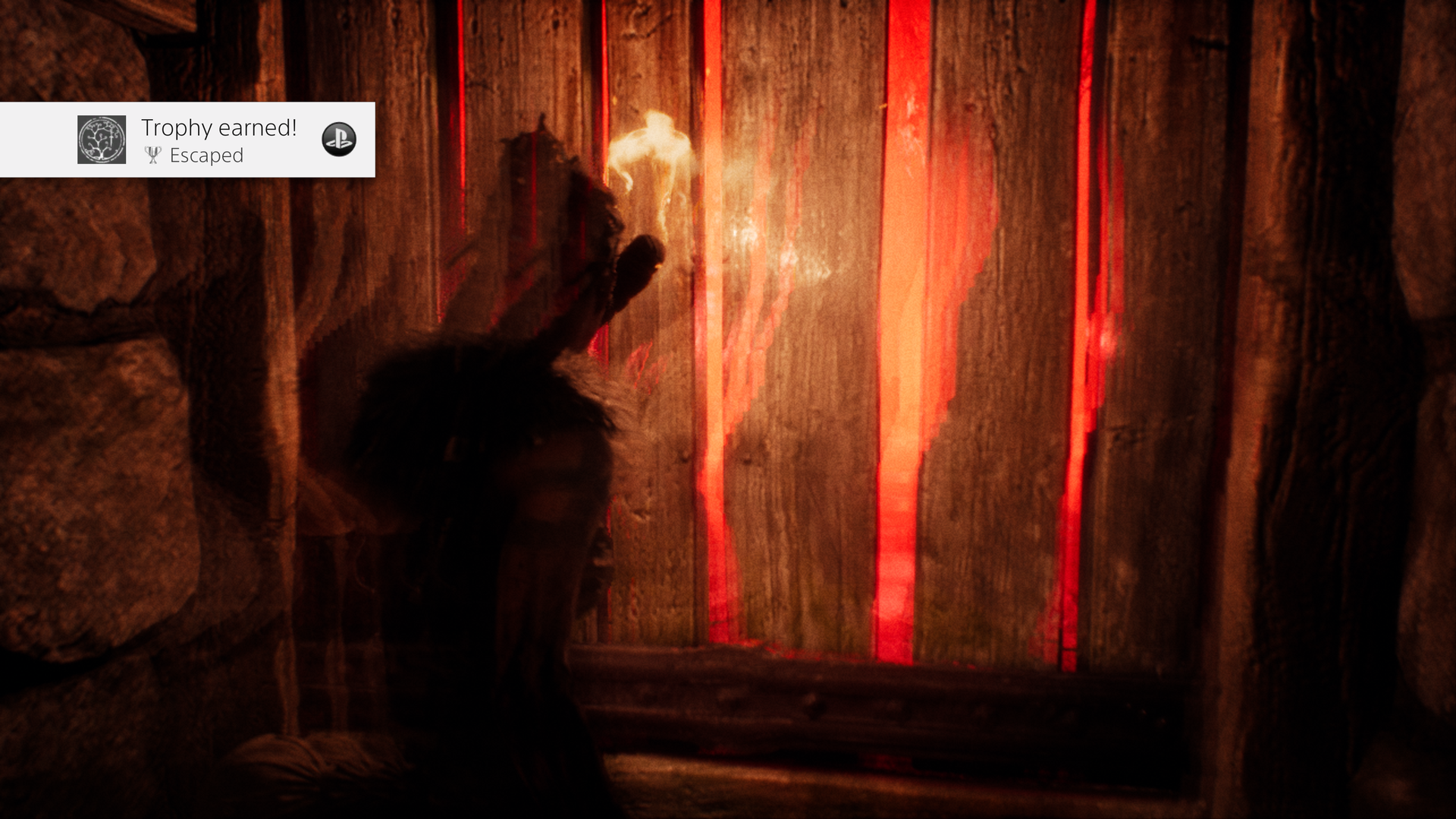
-
Hellblade Senuas Sacrifice Review #29
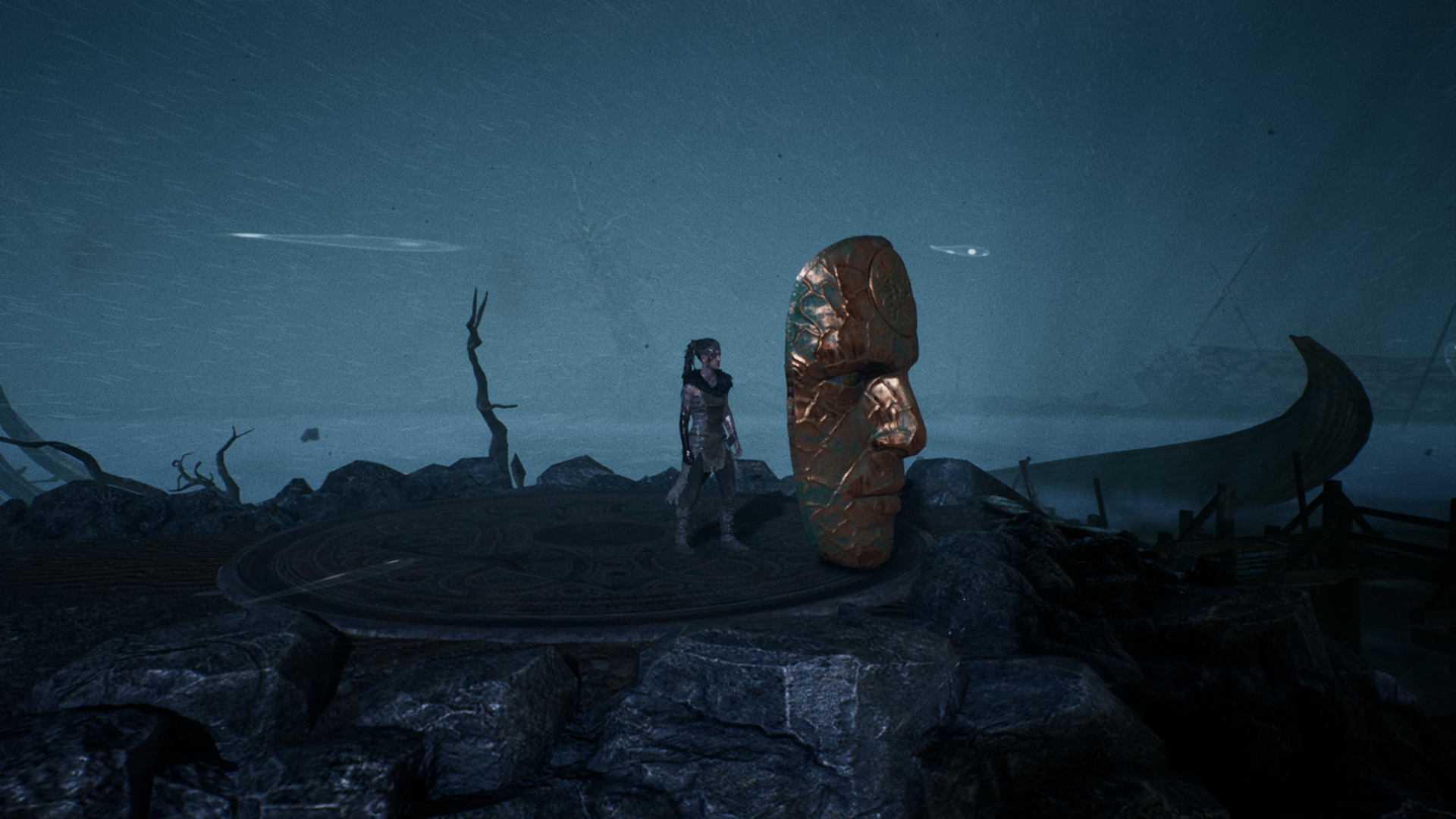
-
Hellblade Senuas Sacrifice Review #30
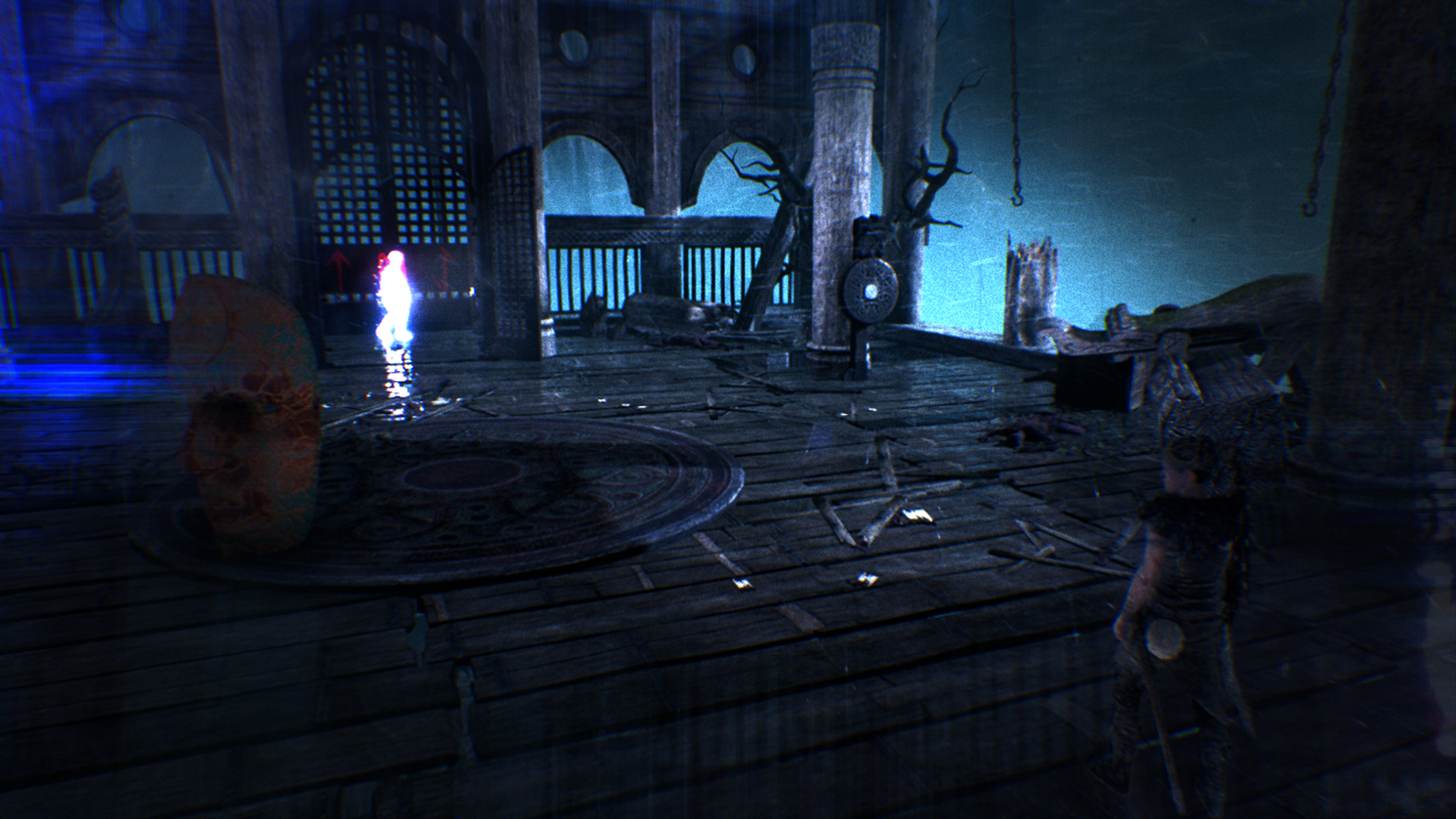
-
Hellblade Senuas Sacrifice Review #31
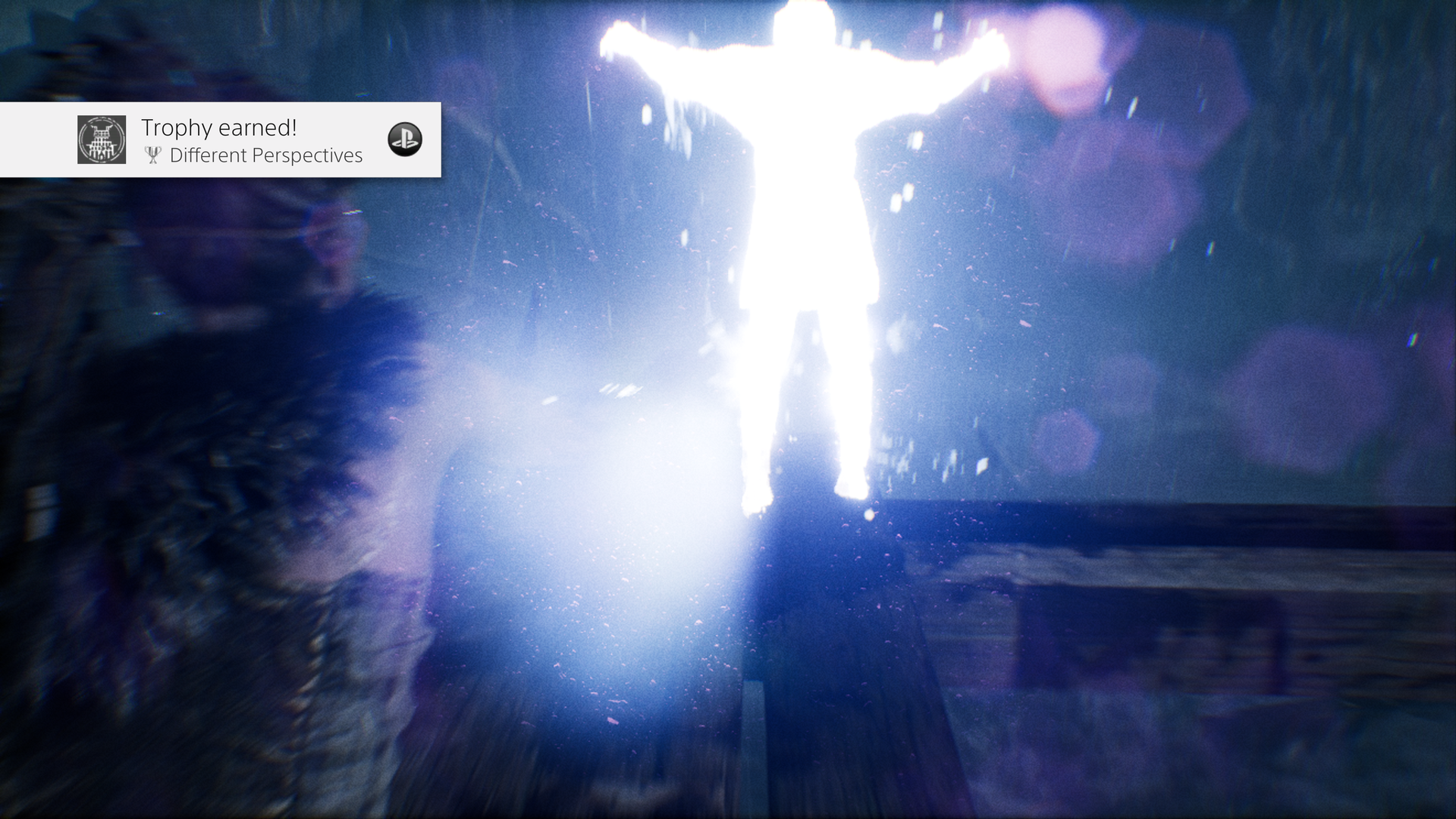
-
Hellblade Senuas Sacrifice Review #32
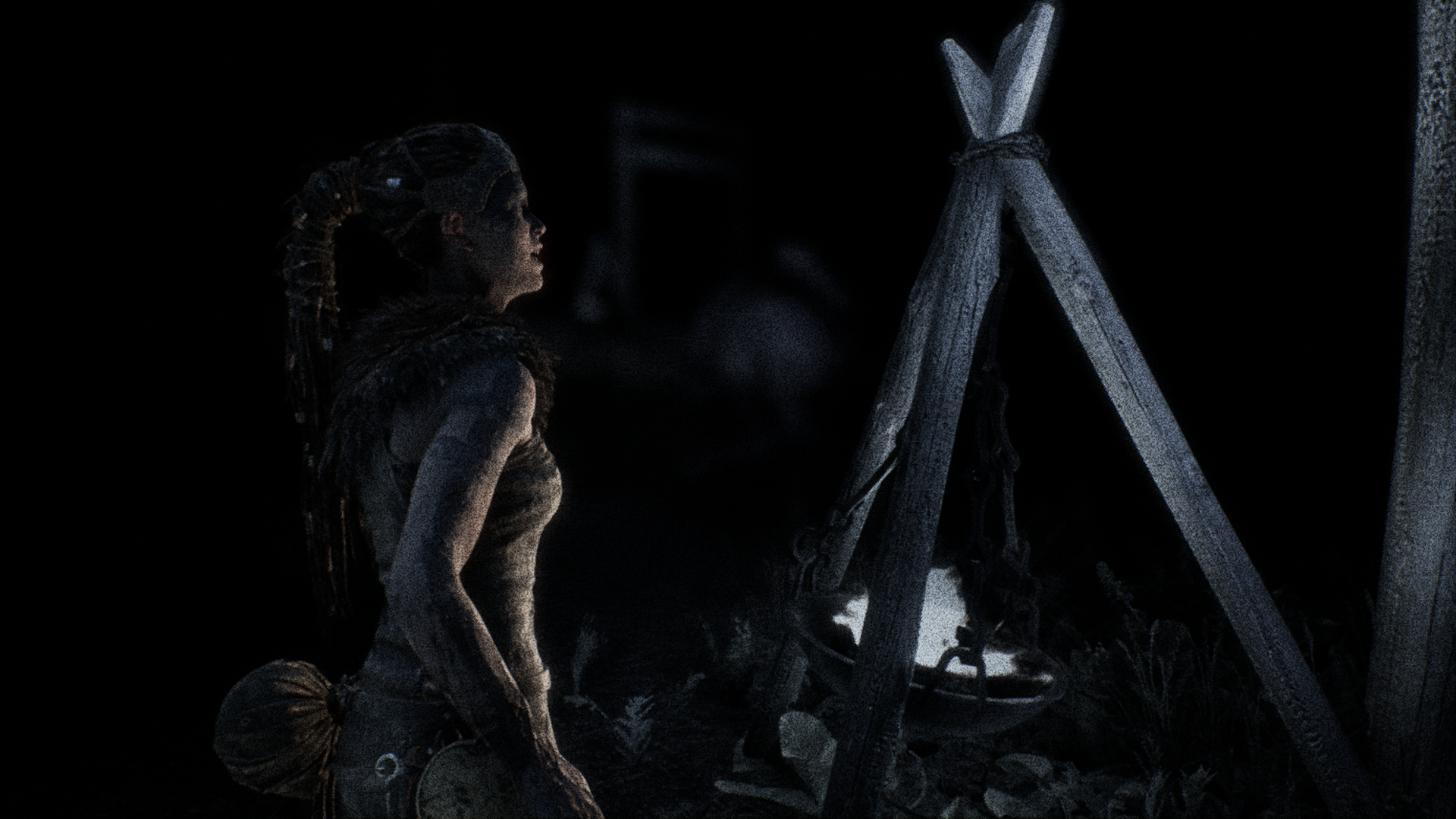
-
Hellblade Senuas Sacrifice Review #33
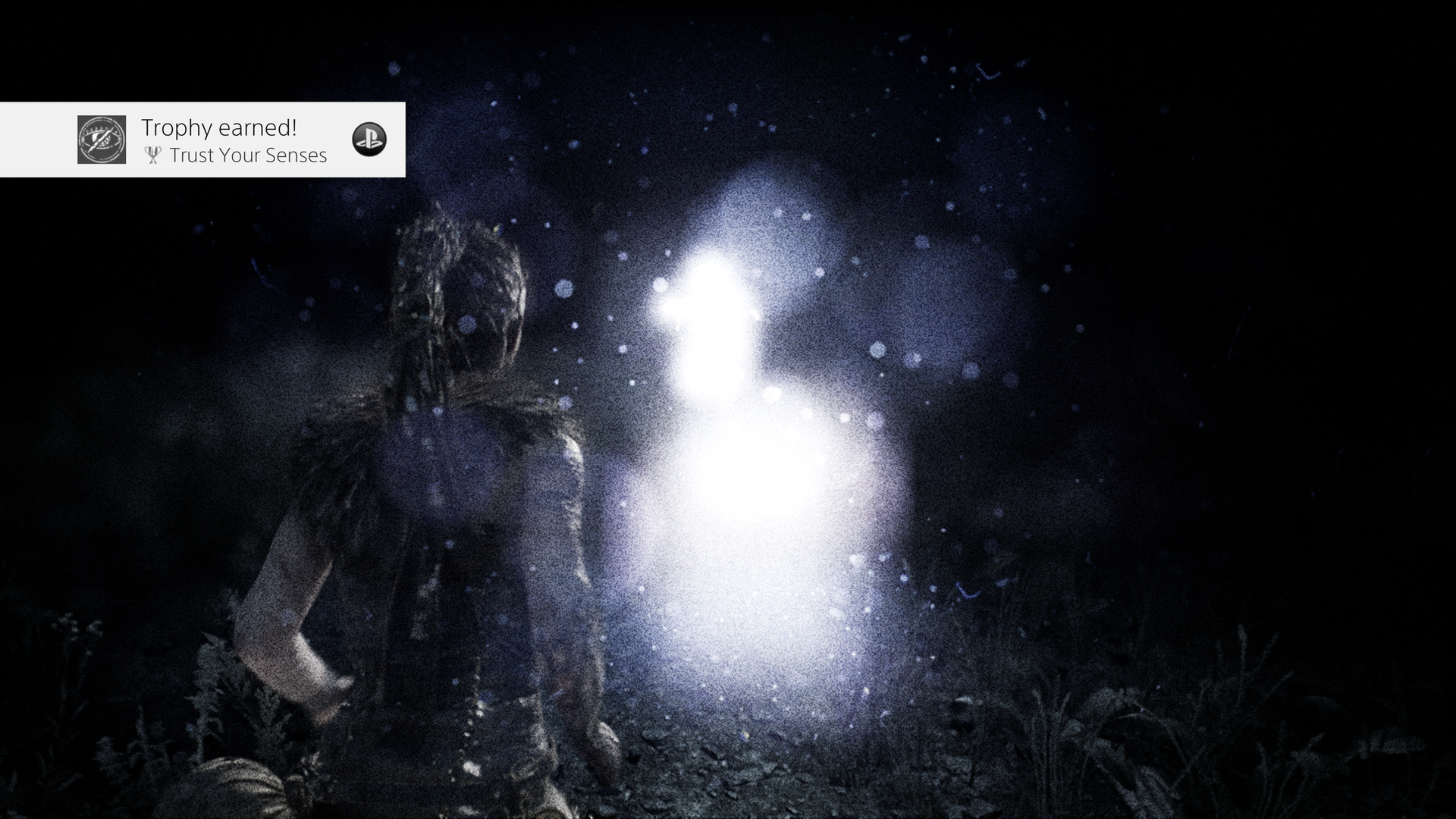
-
Hellblade Senuas Sacrifice Review #34
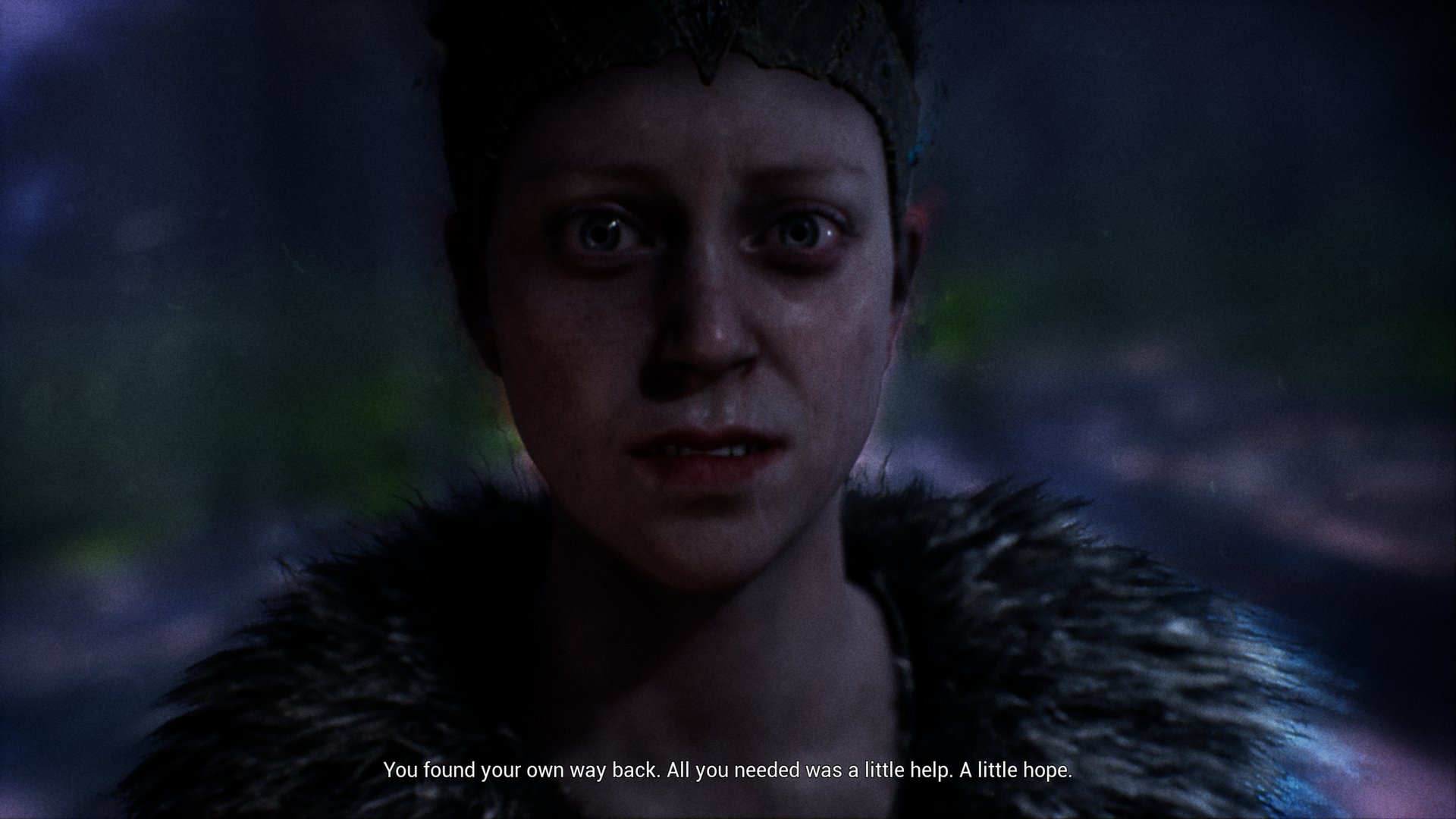
-
Hellblade Senuas Sacrifice Review #35

-
Hellblade Senuas Sacrifice Review #36
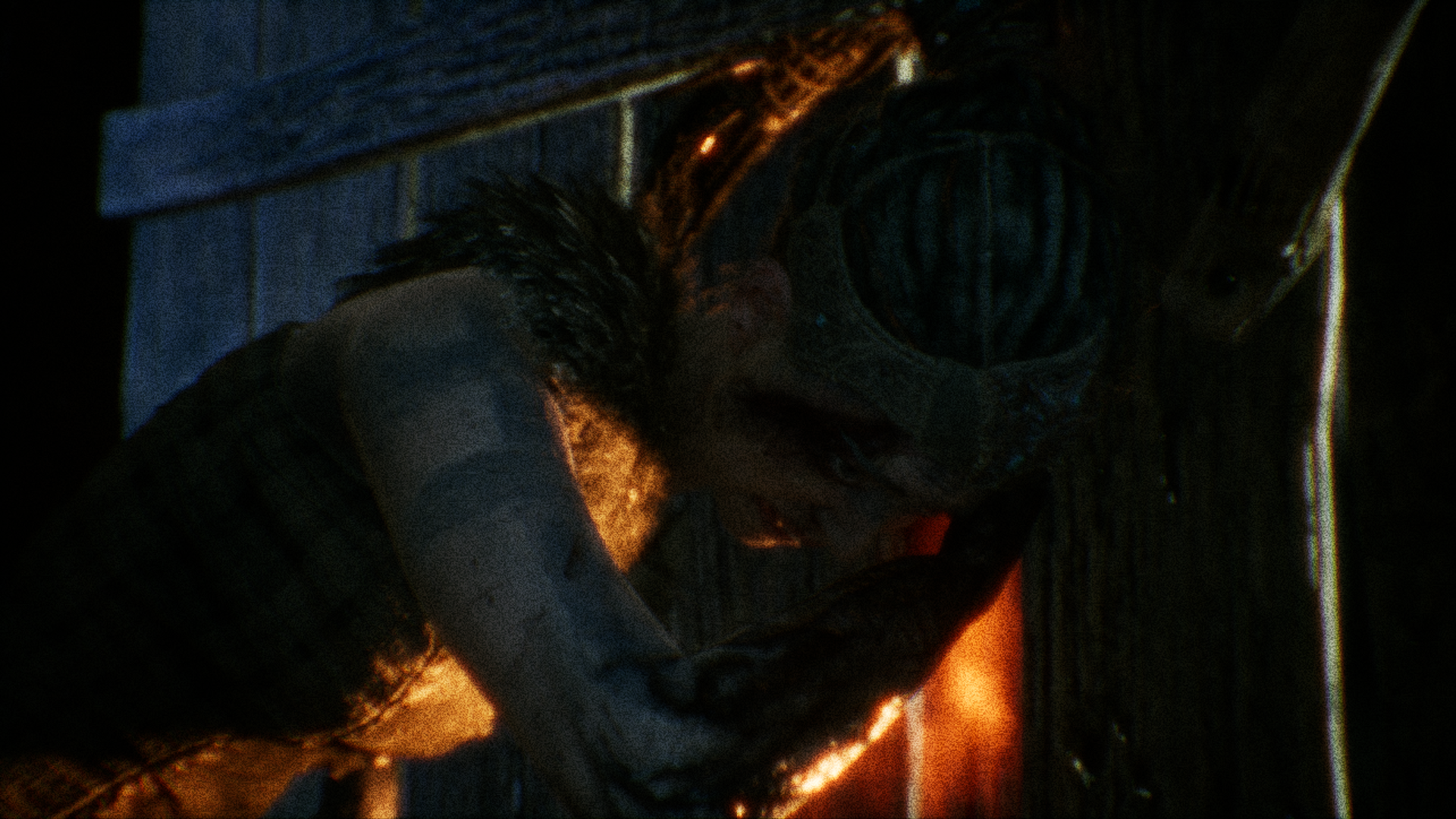
-
Hellblade Senuas Sacrifice Review #37
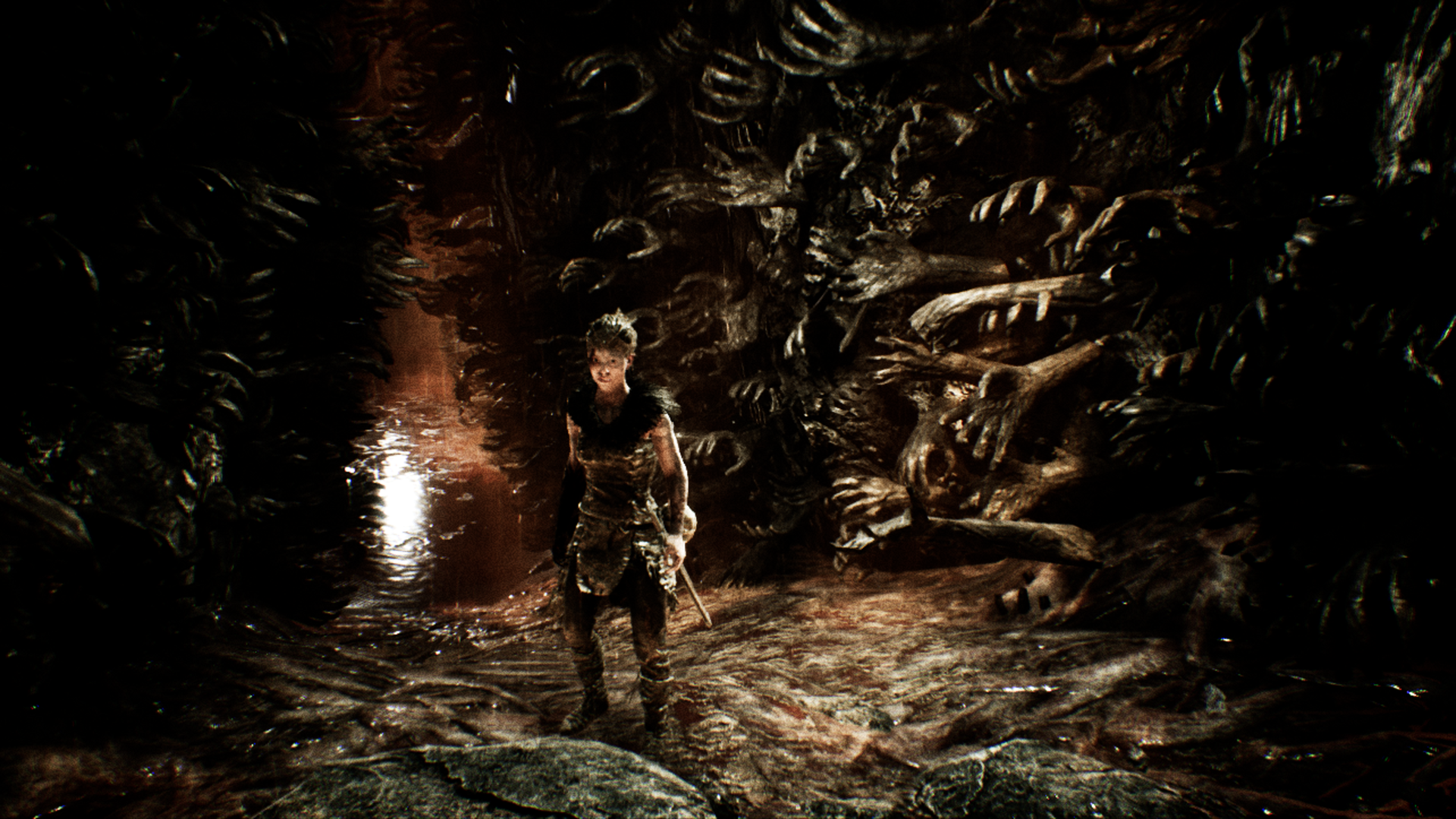
-
Hellblade Senuas Sacrifice Review #38
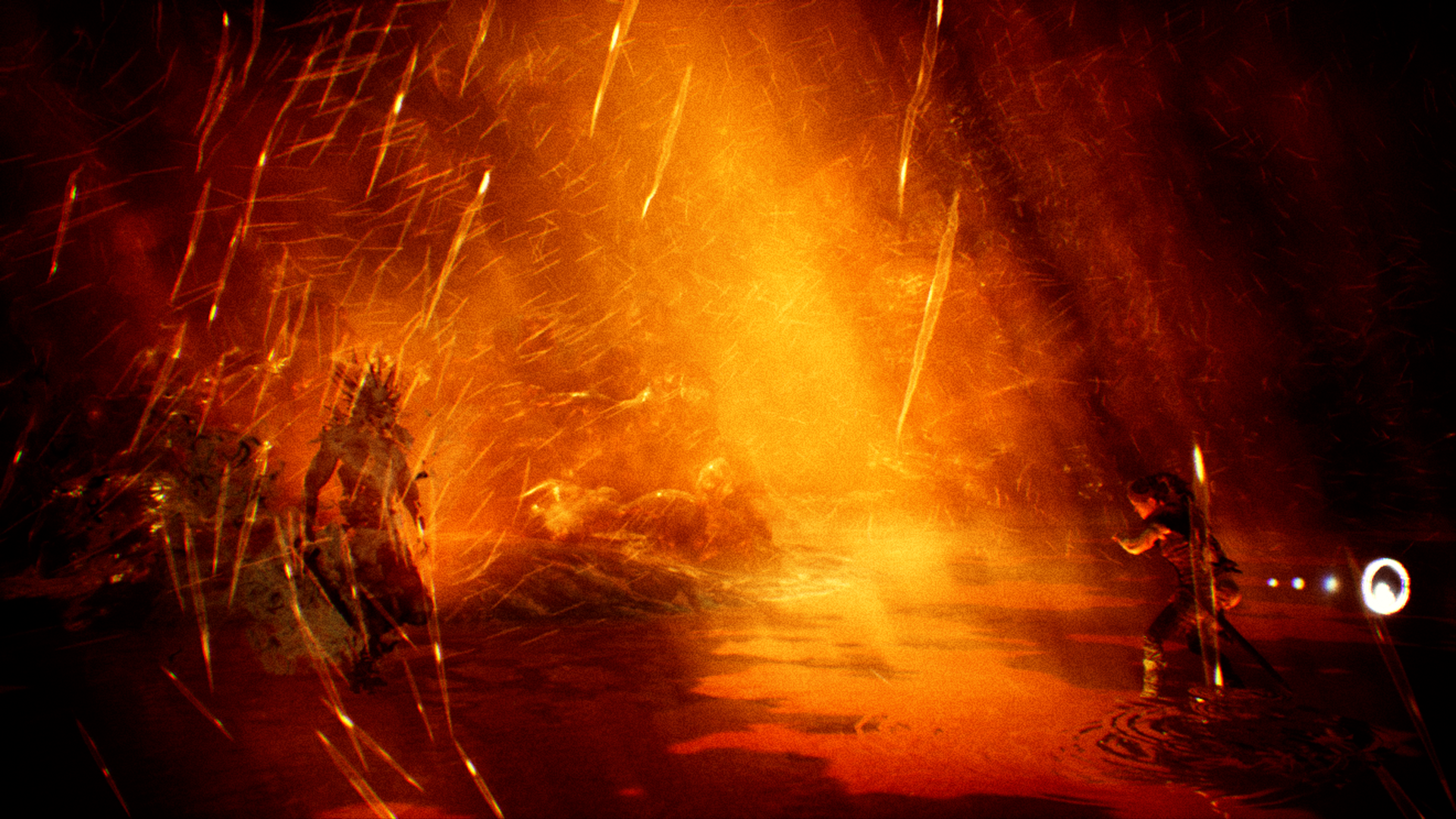
-
Hellblade Senuas Sacrifice Review #39
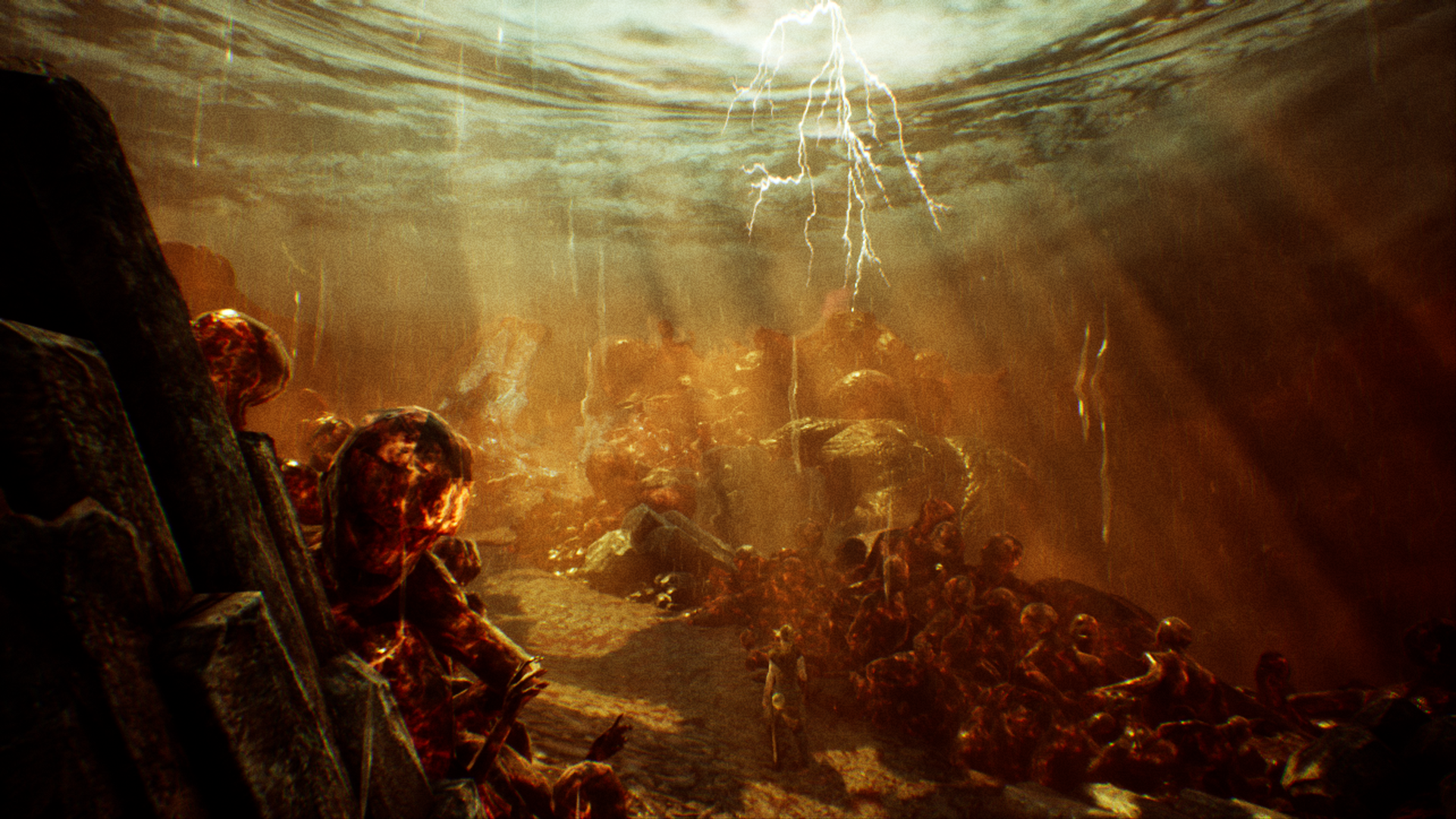
-
Hellblade Senuas Sacrifice Review #40
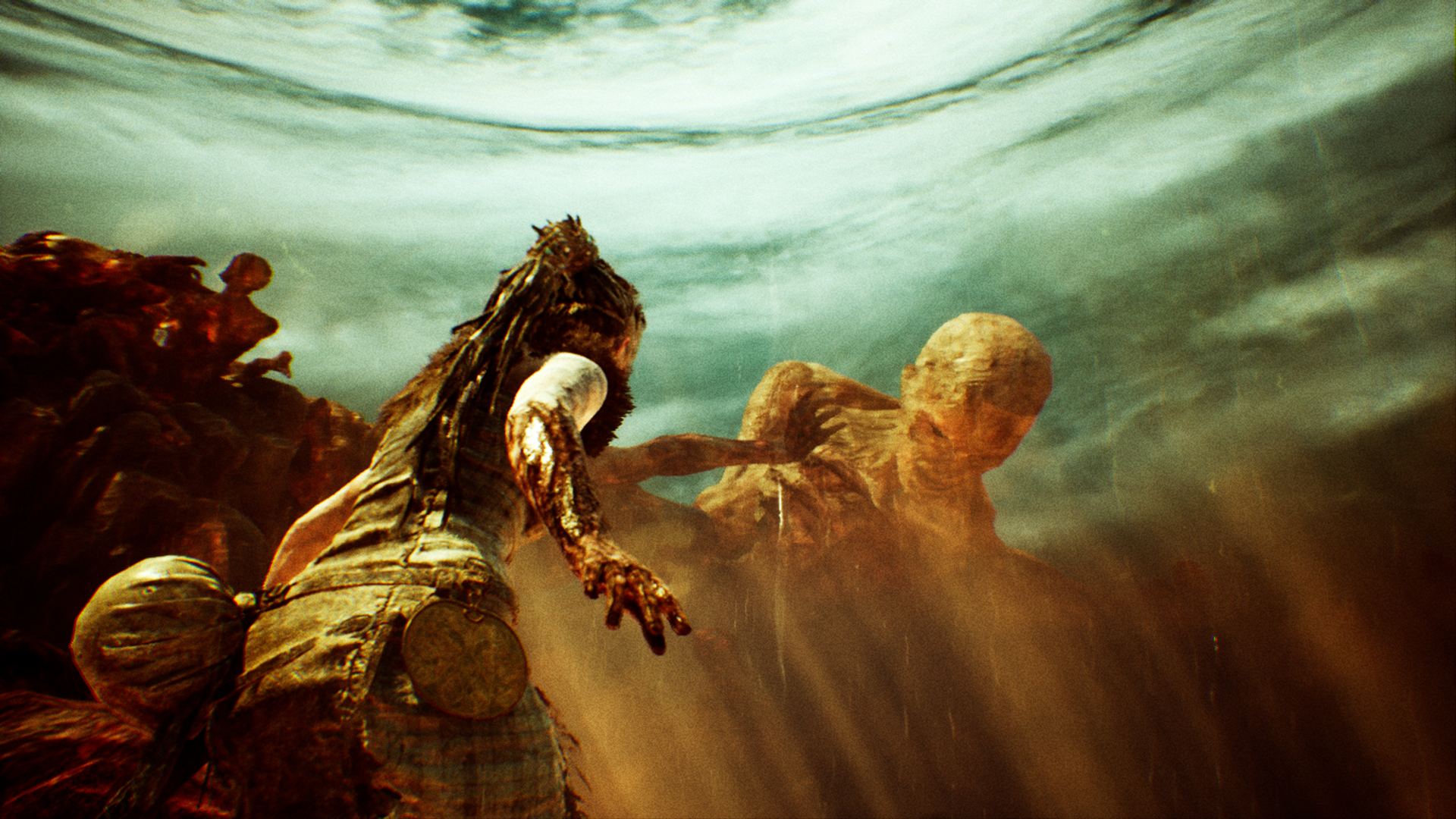
-
Hellblade Senuas Sacrifice Review #41
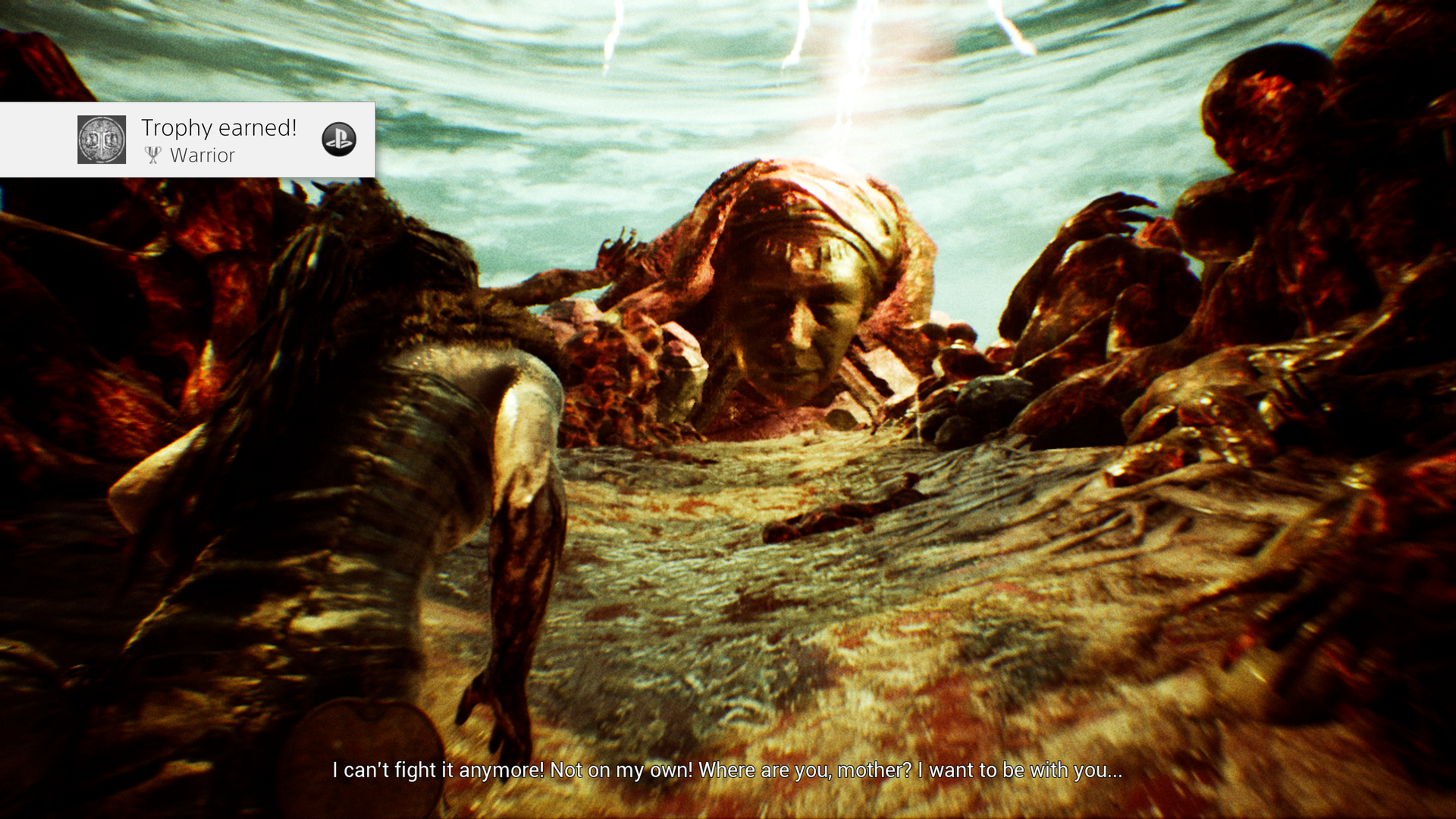
-
Hellblade Senuas Sacrifice Review #42
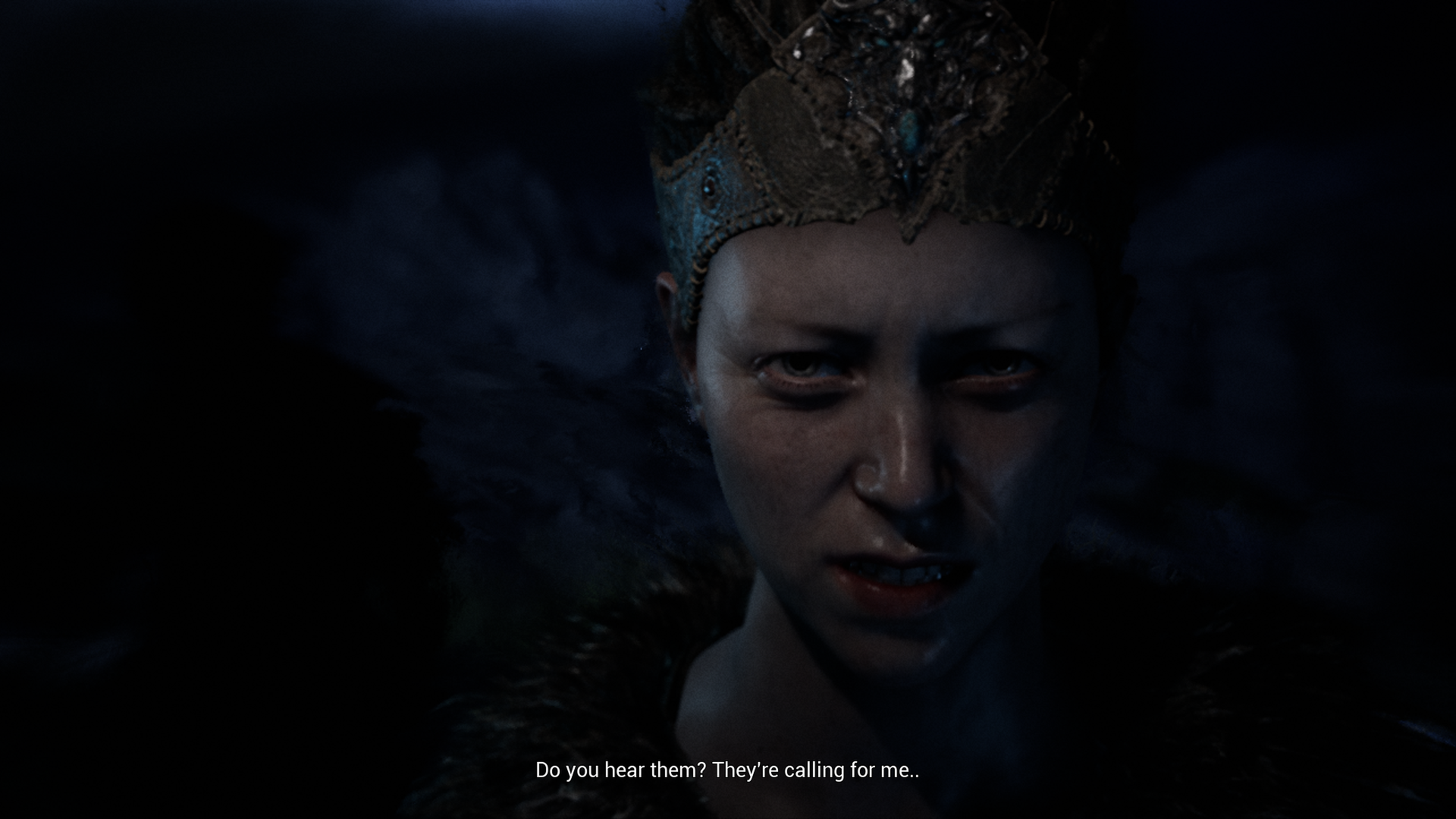
-
Hellblade Senuas Sacrifice Review #43
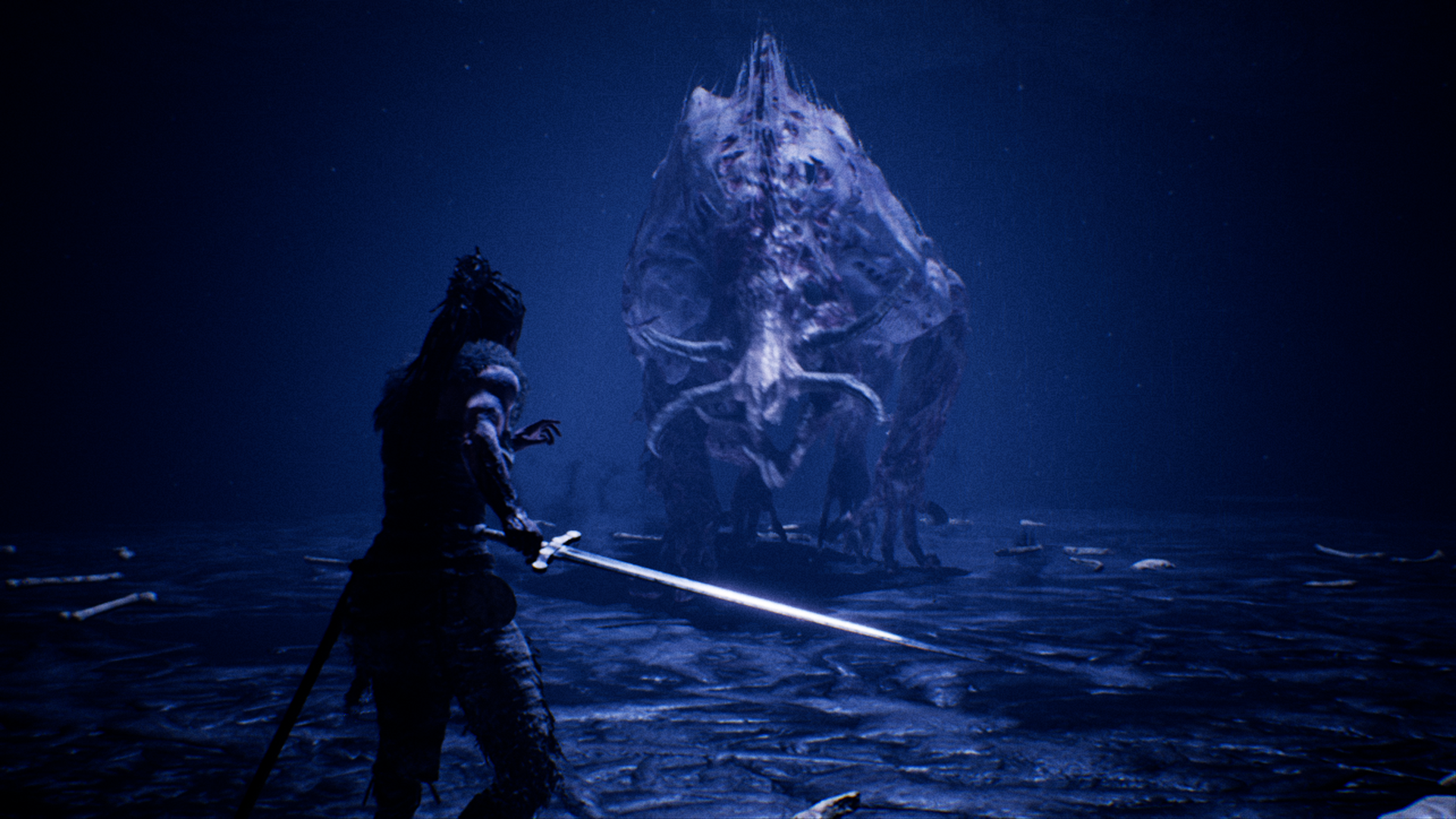
-
Hellblade Senuas Sacrifice Review #44
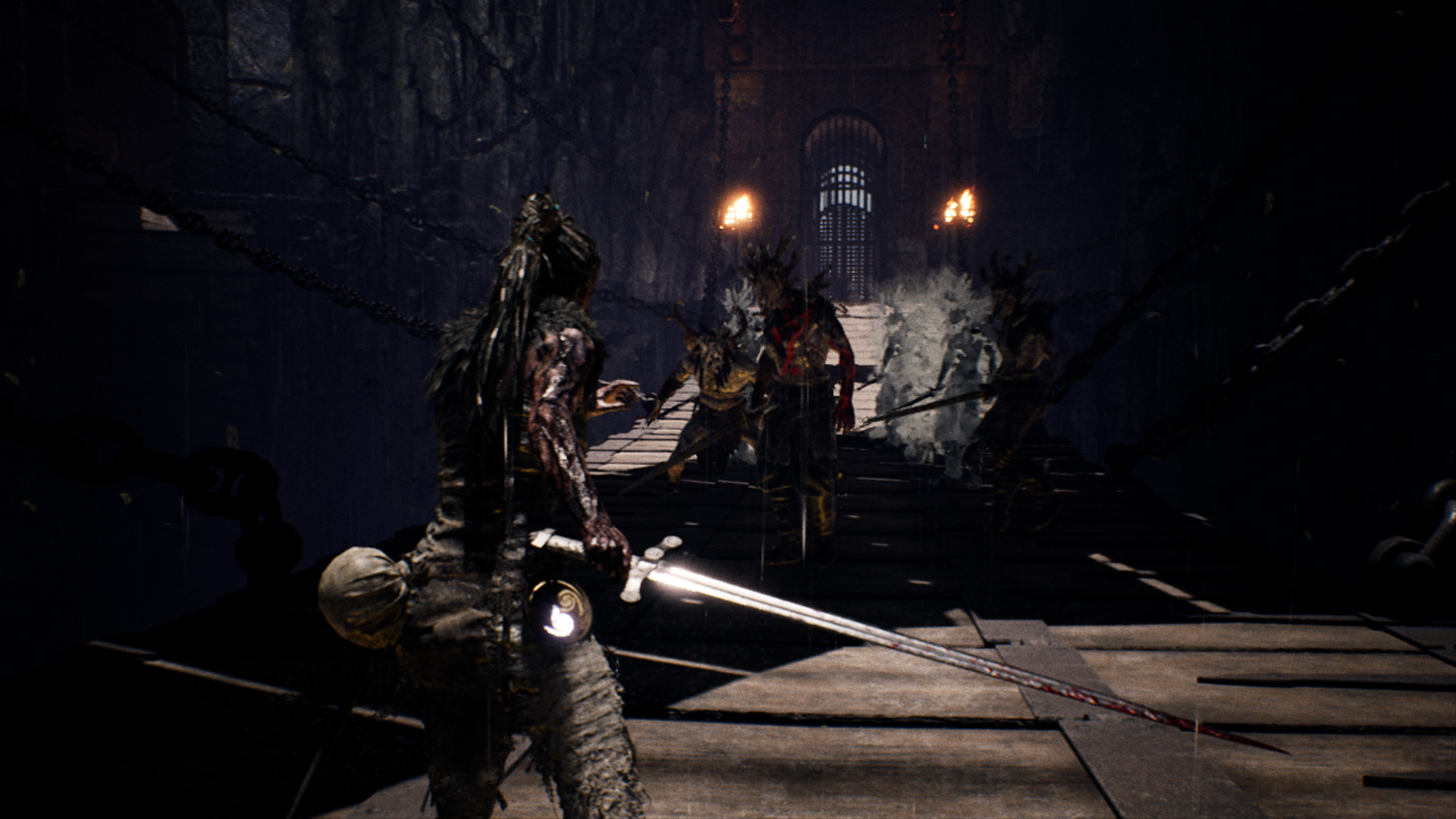
-
Hellblade Senuas Sacrifice Review #45

-
Hellblade Senuas Sacrifice Review #46

-
Hellblade Senuas Sacrifice Review #47
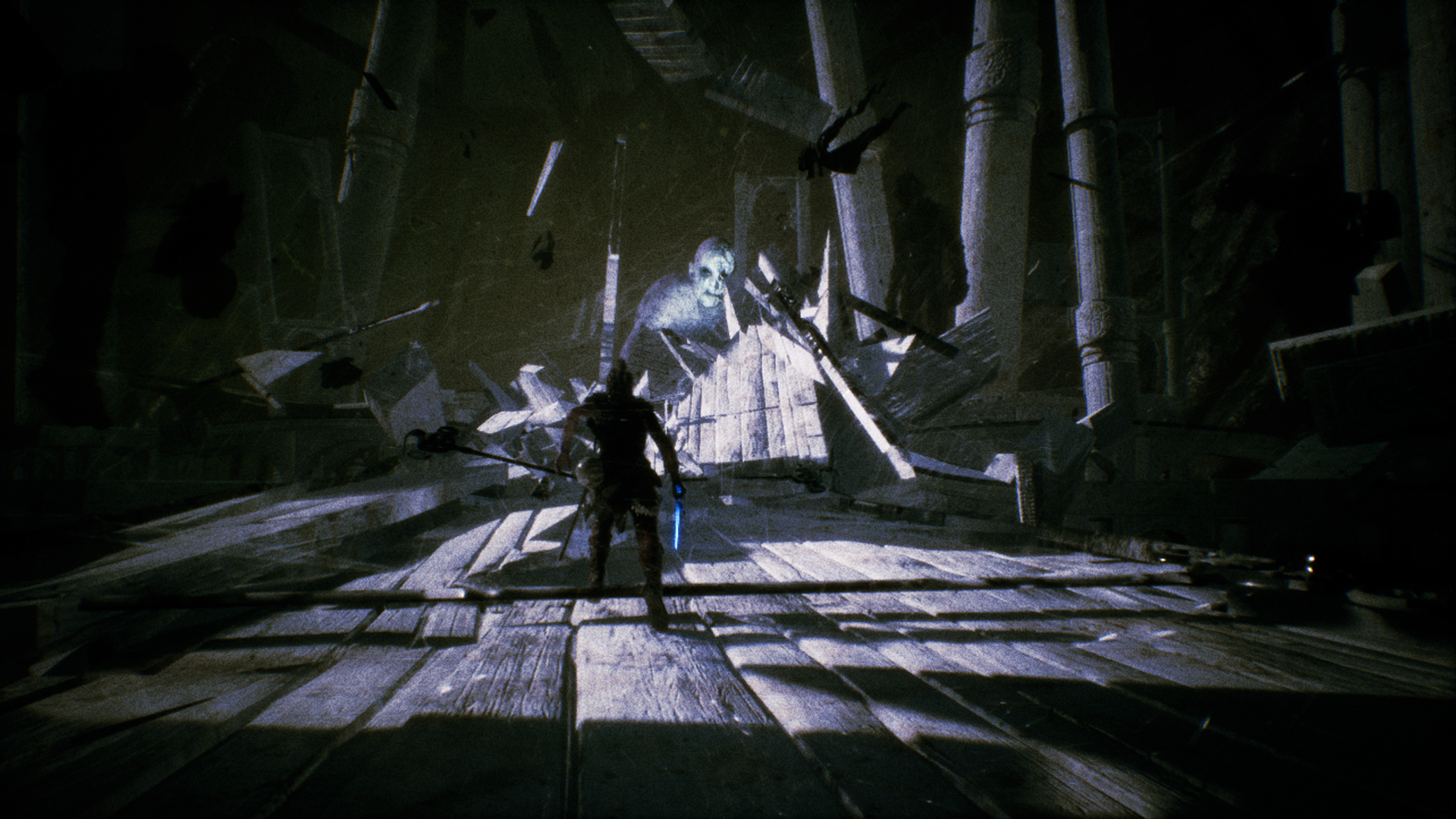
-
Hellblade Senuas Sacrifice Review #48

-
Hellblade Senuas Sacrifice Review #49
